Once the capital of the Nguyen Dynasty, Hue is considered the city with the longest history and culture in our country. Readers are invited to join Dan Viet to admire the beauty of Hue from a flying camera, especially when the National Assembly has just passed a resolution on the establishment of Hue City under the central government.
Nowadays, Thua Thien Hue is known as the Festival city of Vietnam. Hue Festival was first held in 2000, with unexpected success, Hue City decided to hold it once every 2 years. Hue is not only famous for the majestic Ngu mountain reflecting on the poetic Huong river and the ancient relics of the royal dynasties, but also known for many beautiful beaches for those who love to travel .
Recently, on November 30, the National Assembly passed a resolution on the establishment of Hue city under the central government with 458/461 delegates participating (accounting for 95.62% of delegates participating).
According to the resolution, Hue city is a centrally-governed city based on the total natural area of more than 4,900 km2 and population of about 1.2 million people of Thua Thien Hue province.
Hue city borders Da Nang city, Quang Nam province, Quang Tri province; Lao People's Democratic Republic and the East Sea.

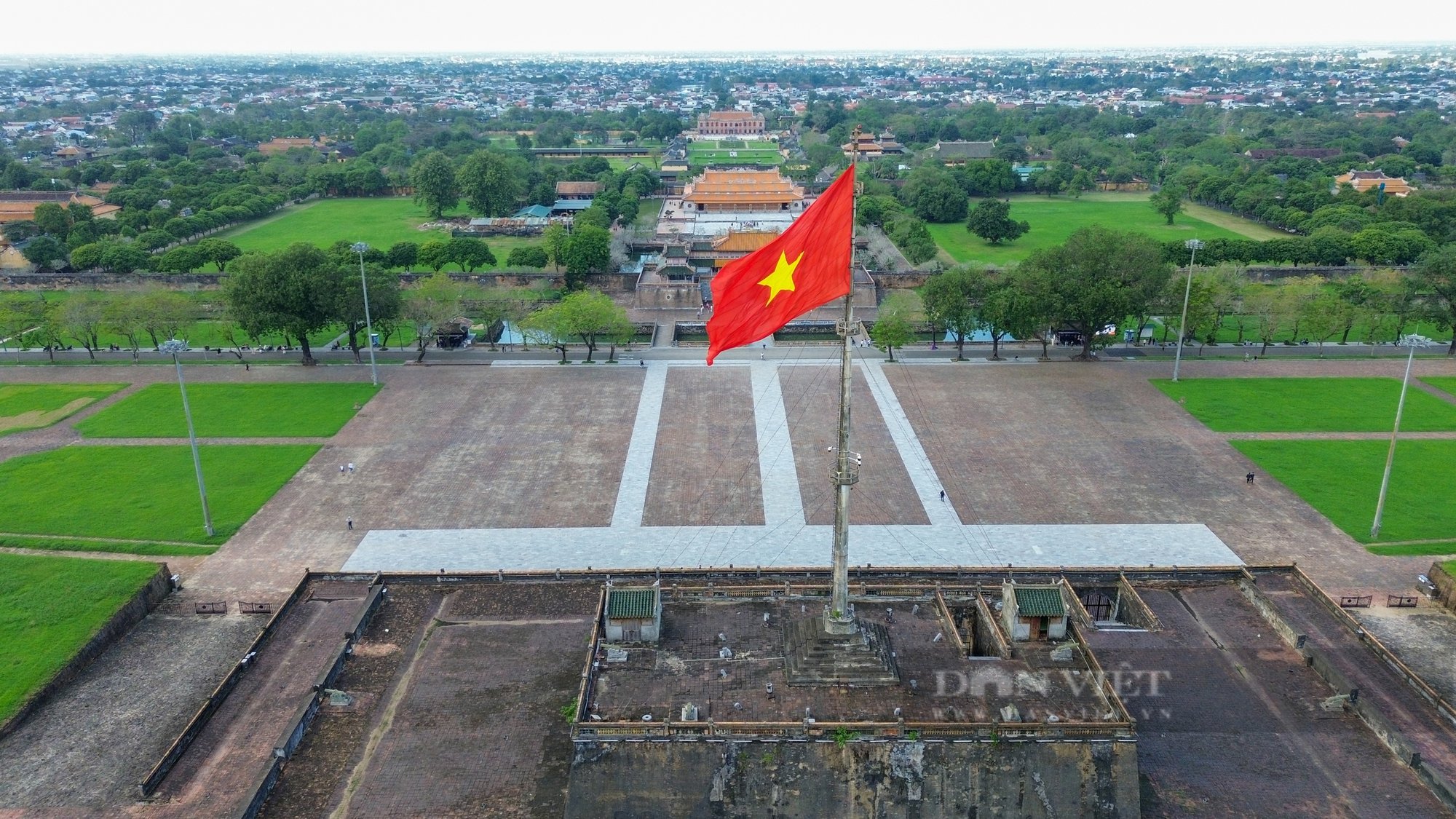

Nature has endowed Thua Thien Hue with a unique terrain. Seen from above, the whole province looks like a large, rich and diverse park. This is where mountains and plains converge, where many rivers, lagoons and seas meet.
Located on the banks of the poetic Huong River is Hue Imperial City, one of the relics belonging to the Complex of Hue Monuments from the Nguyen Dynasty. Hue Imperial City was built in the first half of the 20th century, this is one of the relics recognized by UNESCO as a World Cultural Heritage since 1993. Hue Imperial City is the place where the Nguyen kings and the last feudal dynasty of our country lived and worked.
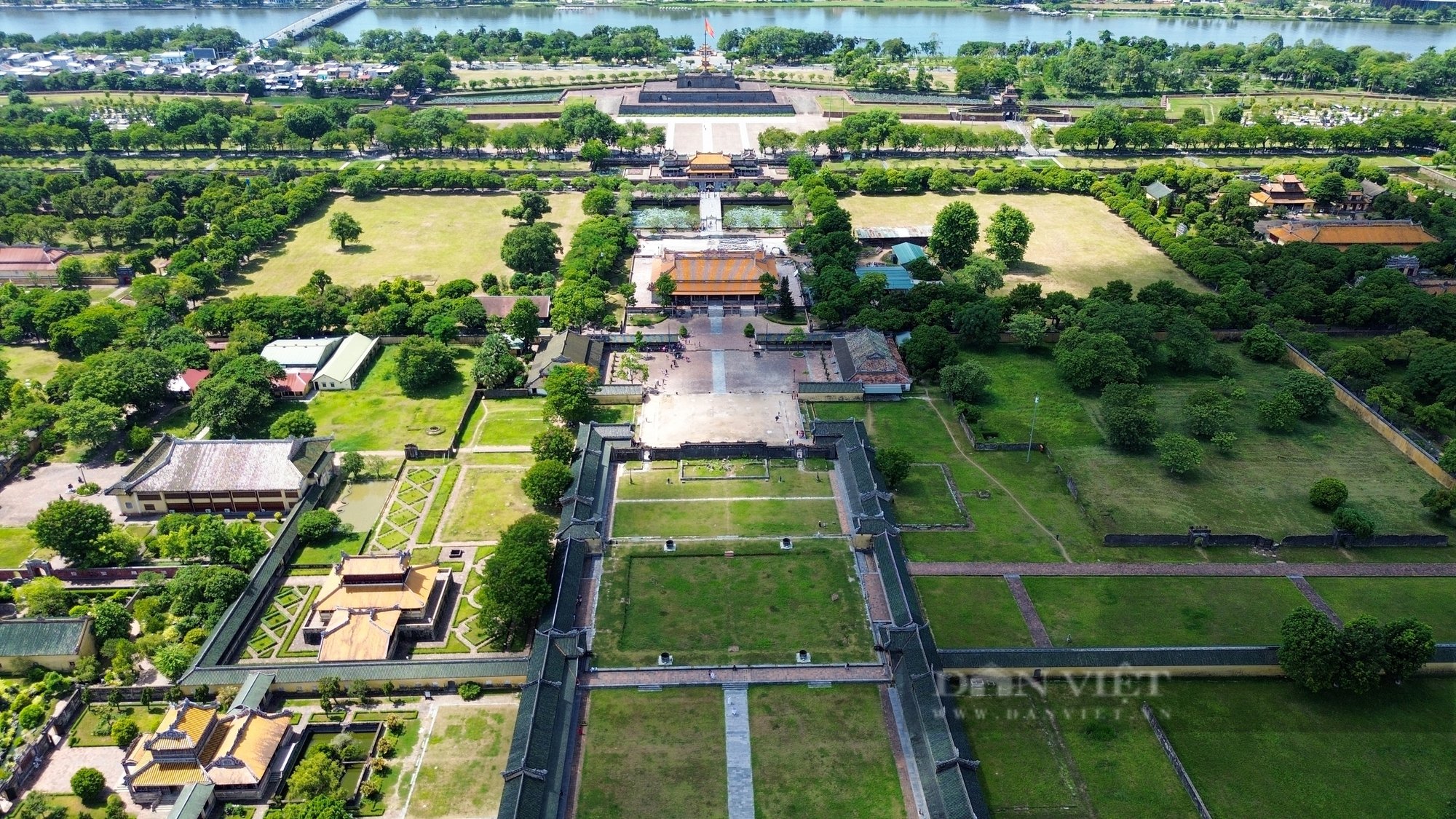
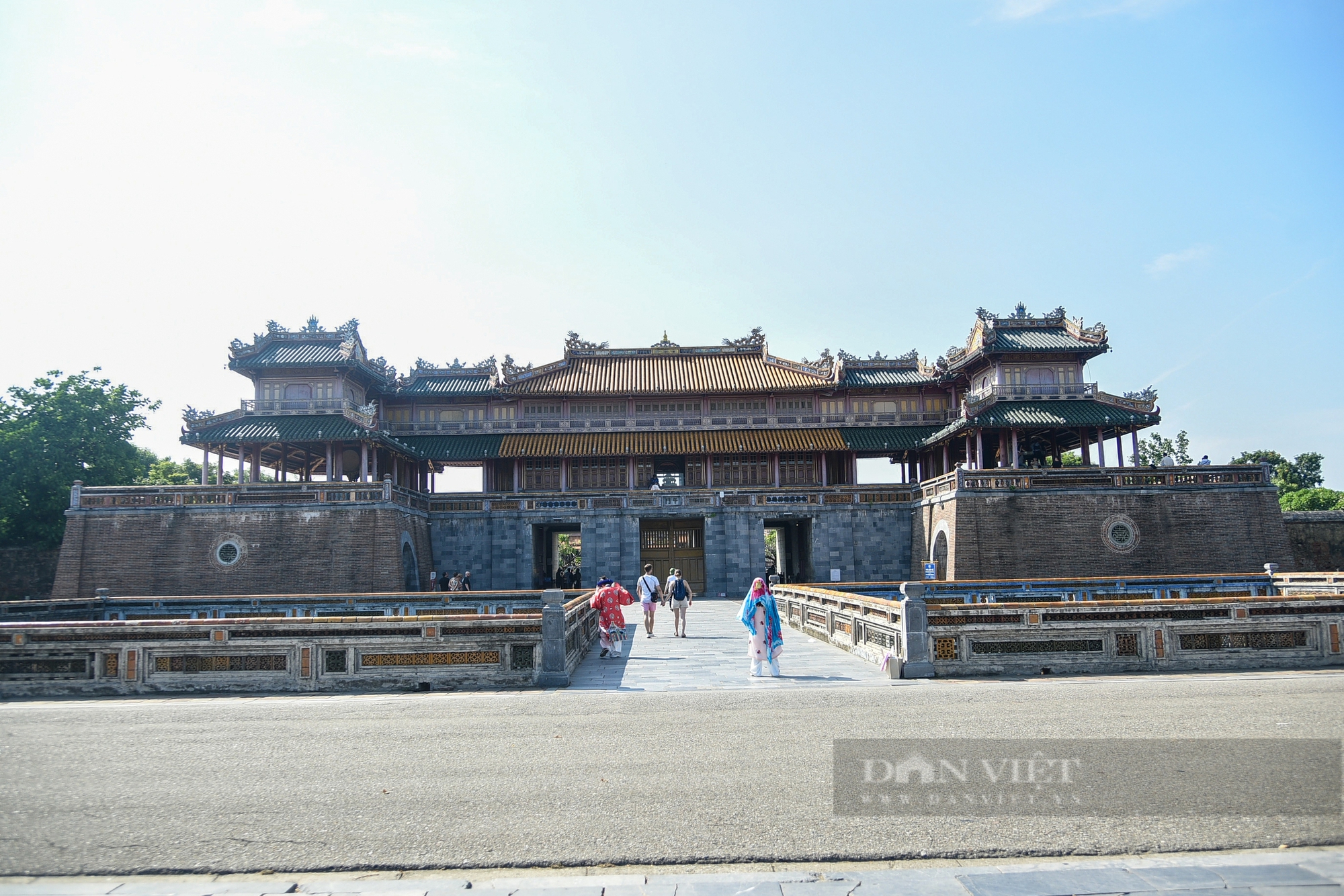

This relic site is the largest project in Vietnam's history, with a construction period lasting many years, involving tens of thousands of workers, river filling, trench digging, and wall building, along with a huge volume of earth and rock amounting to millions of cubic meters.
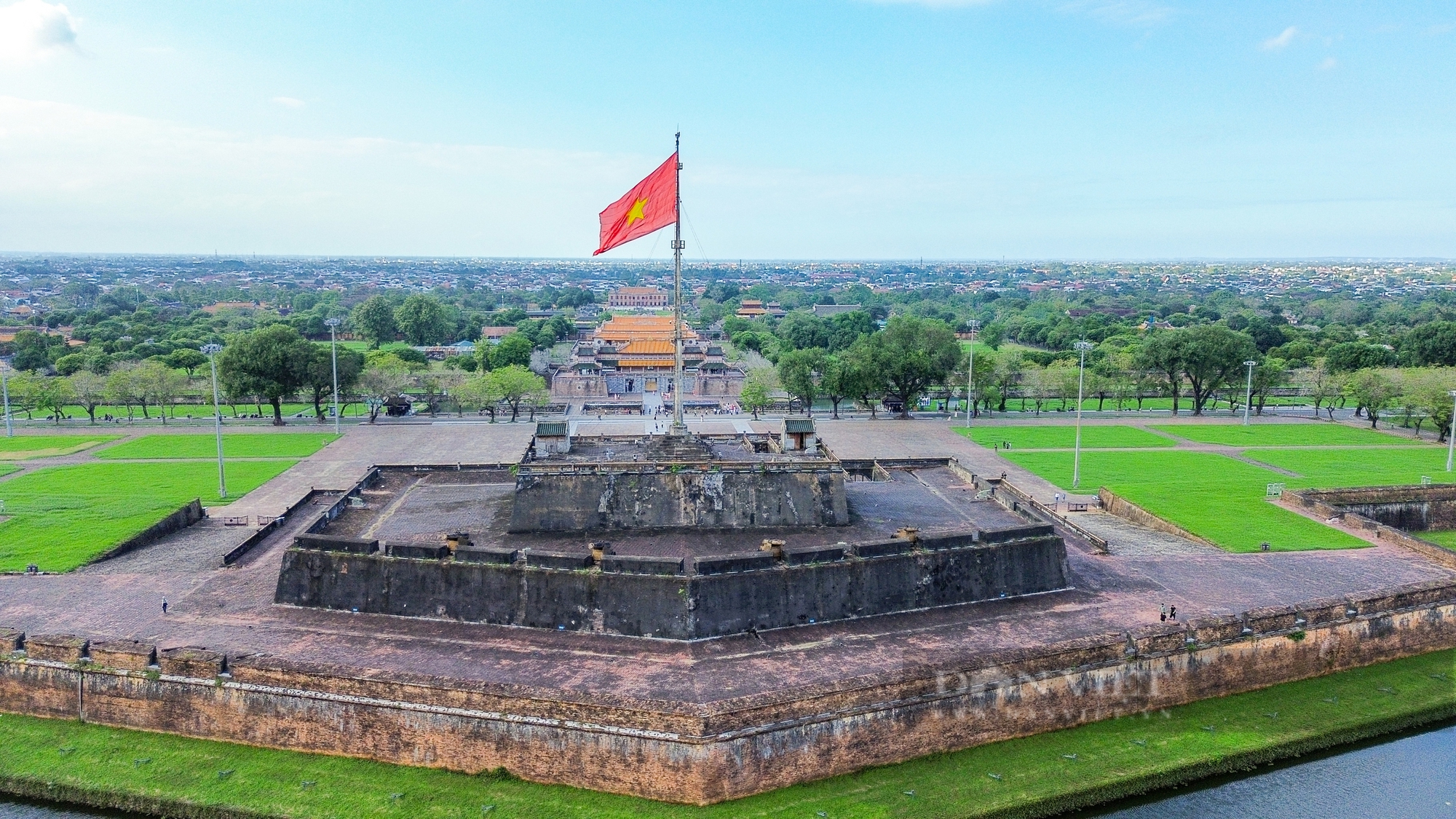
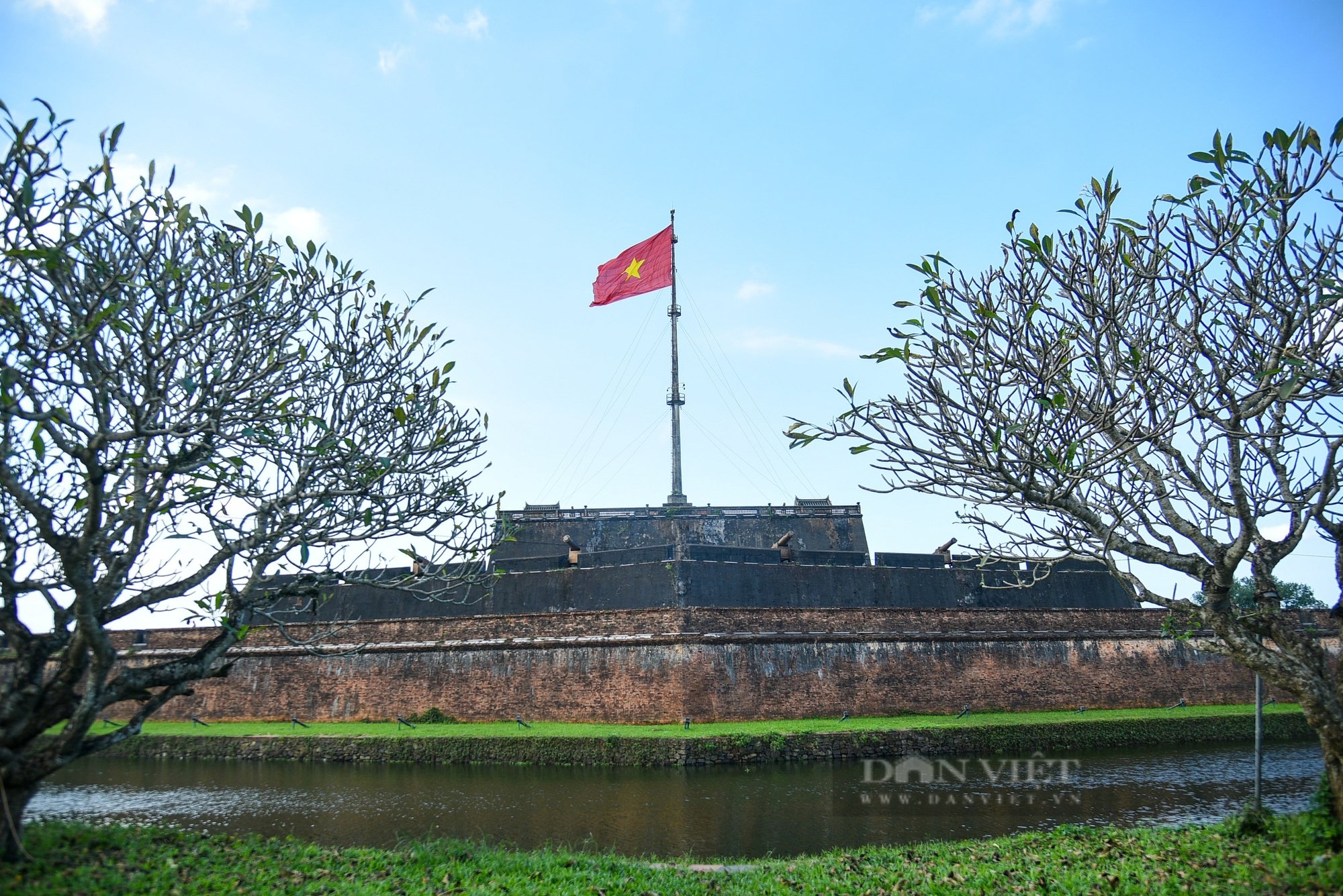
The Hue Flag Tower is a structure belonging to the architectural complex of the ancient capital of Hue, located inside the facade of the citadel, in front of Ngo Mon, to the South, between the Ngan and Quang Duc gates, on the Nam Chanh fortress. Along with the ups and downs of the Hue Citadel, the Flag Tower is the place that witnessed many important historical events of the country. During the Nguyen Dynasty, in all occasions of ceremonies, celebrations, tours and urgent reports, there were flag signals. On top of the flagpole, there was also an observation post called Vong Dau.
Tu Duc Tomb (also known as Khiem Lang) is a historical relic in the Hue Monuments Complex recognized by UNESCO as a World Cultural Heritage on December 11, 1993. This is the burial place of the 4th emperor of the Nguyen Dynasty (ie King Tu Duc, Nguyen Phuc Hong Nham). He reigned for 36 years from 1847-1883, the longest reigning emperor of the Nguyen Dynasty.
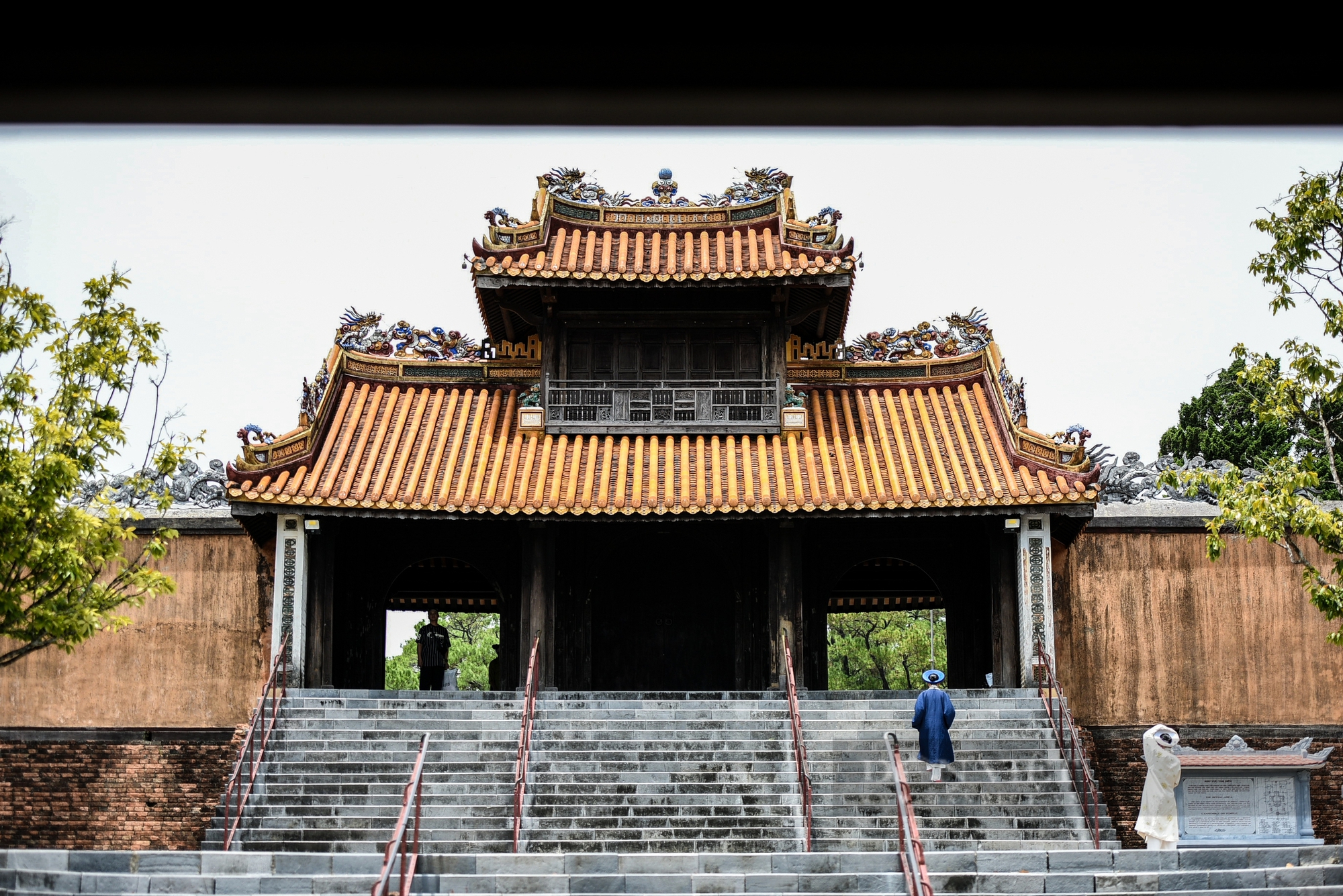
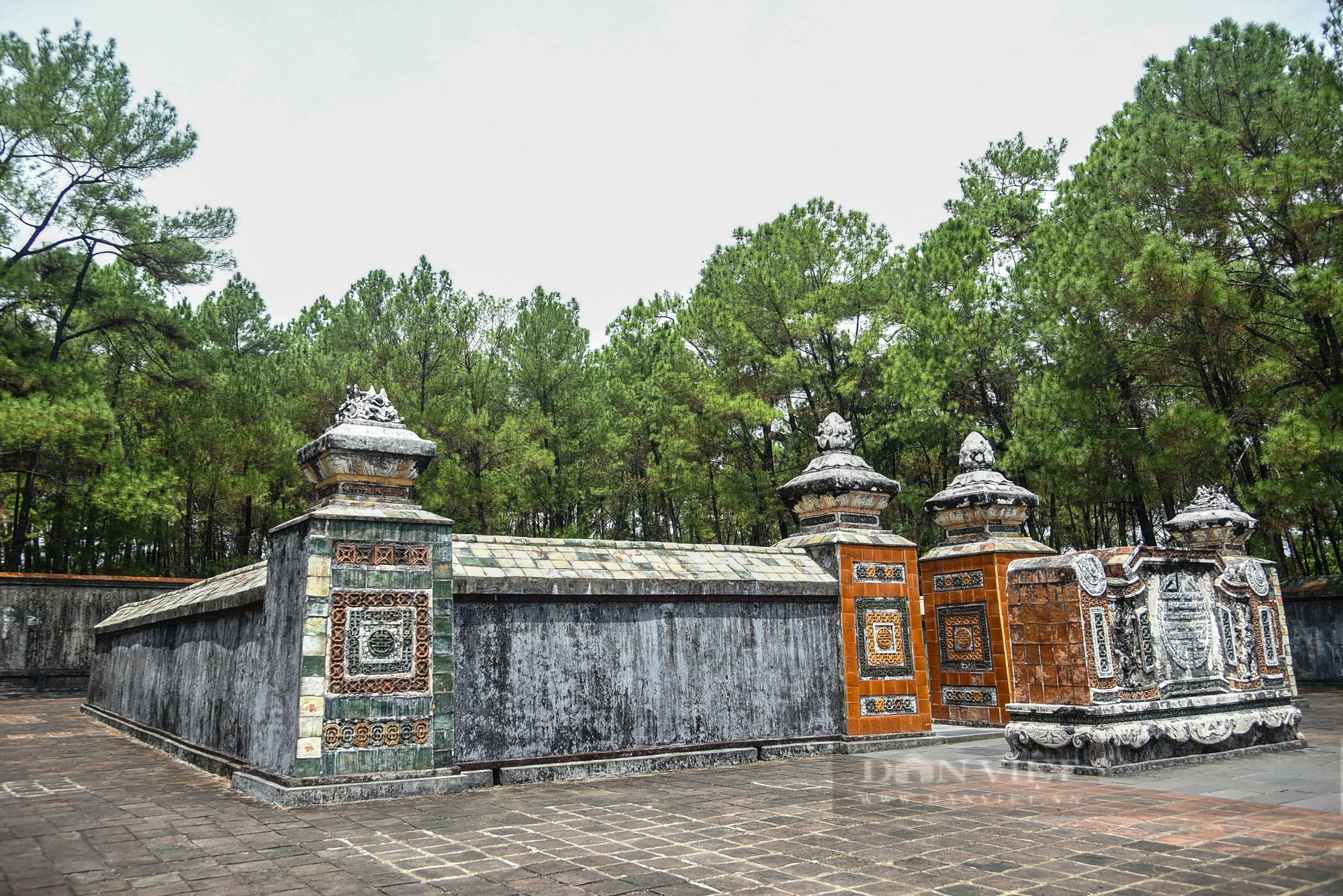
Tomb of Tu Duc is a complex of architectural works located in a narrow valley in Duong Xuan Thuong village, Cu Chanh commune (old), now Thuong Ba village, Thuy Xuan ward, Hue city. Tomb of Tu Duc is like a beautiful landscape painting, listed as one of the most beautiful works of the 19th century.
Hien Nhon Gate is located on the east side of the Imperial City, on Doan Thi Diem Street, Hue City. This gate was built in 1805 under King Gia Long. In 1833 under Minh Mang, the gate was decorated with ceramic pieces. During Khai Dinh's reign, this structure was restored once again. Hien Nhon Gate was reserved for mandarins and men entering and leaving the Imperial City.
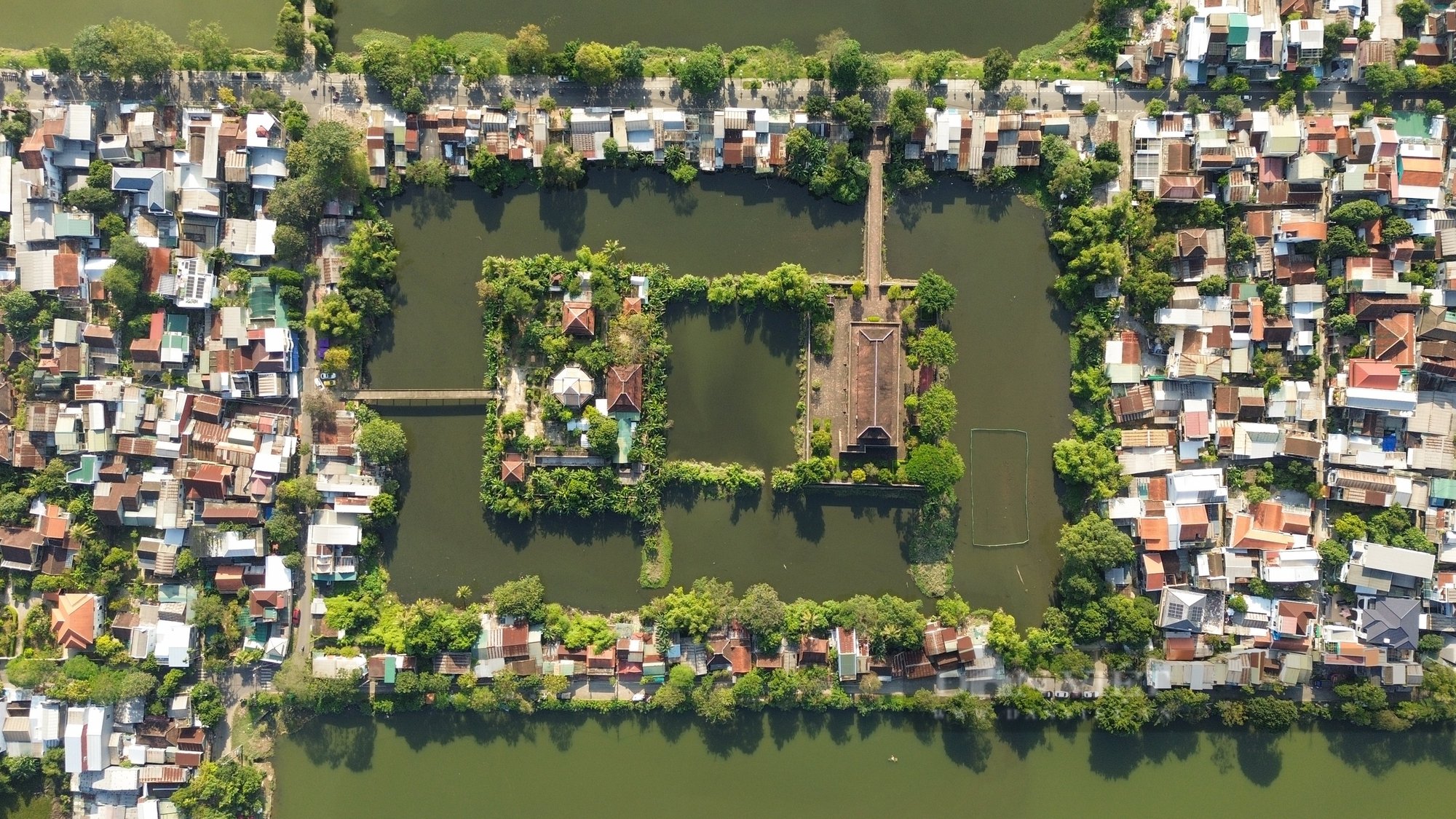
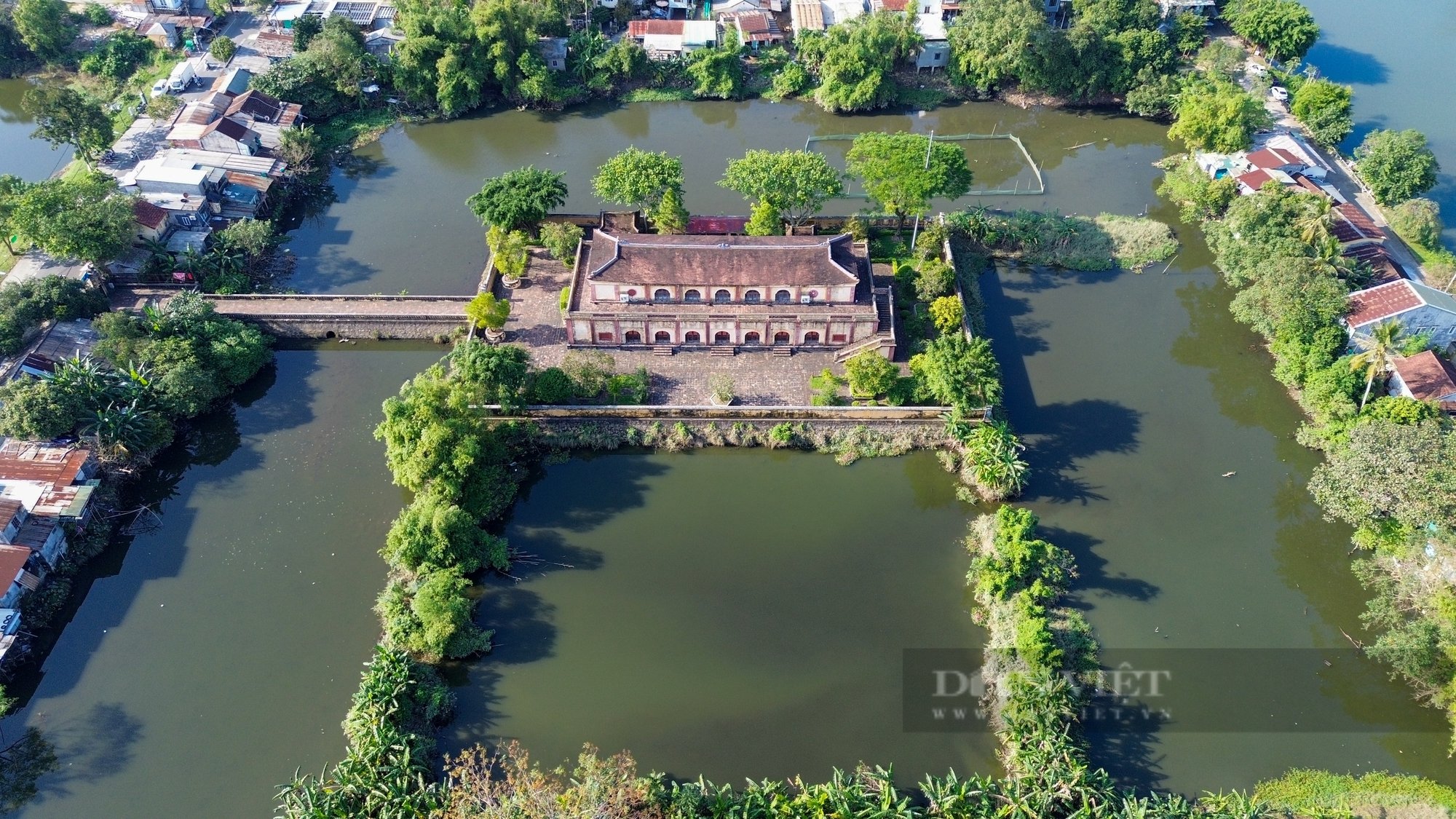
The Poetry Library is one of the major libraries of the Nguyen Dynasty, built in the summer of 1825, under the reign of King Minh Mang (1820 - 1840), as an archive for the purpose of processing information related to the administration of state affairs and storing documents for writing history books. The library is located on a rectangular island (about 30m x 50m in area), in the middle of Hoc Hai Lake (a square lake, originally a section of the old flow of the Kim Long River, reshaped under the reign of King Gia Long, the island in the middle of the lake was used as a gunpowder and saltpeter warehouse). This island is connected to the mainland by a bridge built of bricks and stones on the west bank of the lake, with four sides built of low brick walls.
Quoc Hoc School, with an area of over 10,000 m2, is located on the banks of the Perfume River and was established on September 17, the 8th year of Thanh Thai (October 23, 1896) and by decree of November 18, 1896, of the Governor-General of Indochina. This is the main Franco-Vietnamese school in the whole of Indochina.
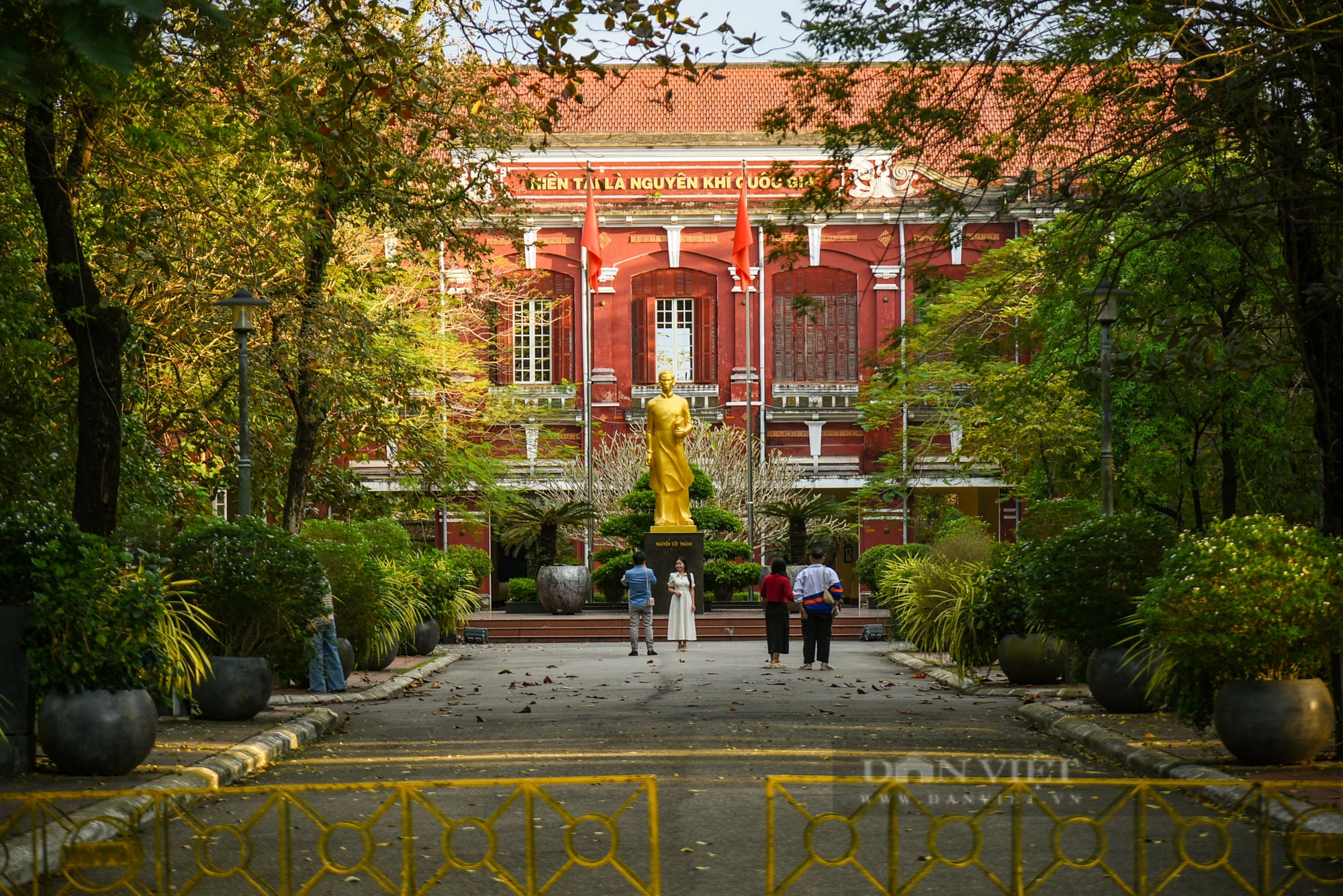
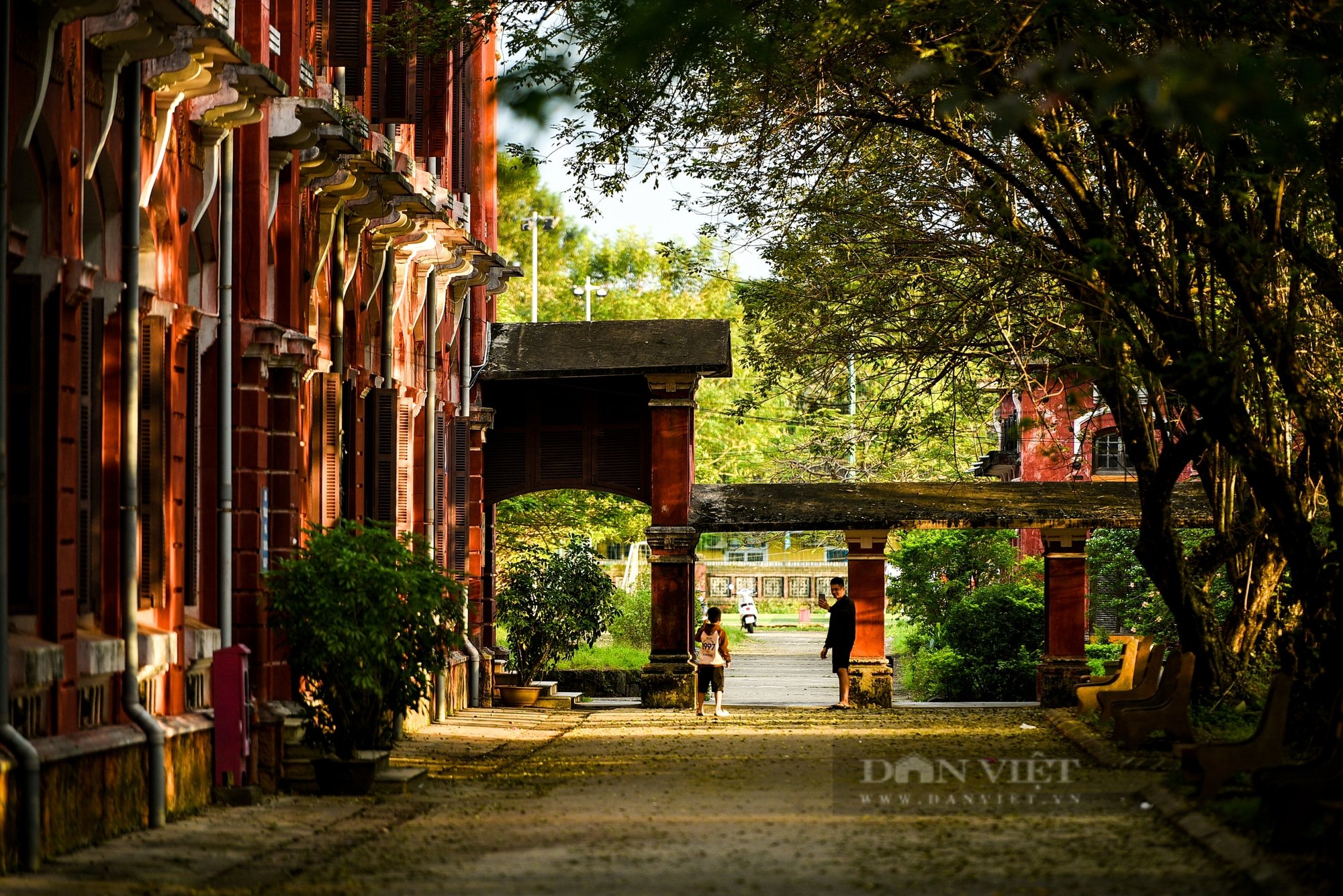
When it was first established, the school was just a row of thatched houses that had been converted from a naval barracks. The fence in front of the school was built with dark red bricks. In 1915, Quoc Hoc School was rebuilt, the thatched houses were demolished and replaced by two rows of brick-built buildings with solid tile roofs in the Western European style, which is basically the same architecture that has been maintained to this day. After more than 120 years of establishment, Quoc Hoc School is the most famous school in Hue with many leaders having studied there, such as President Ho Chi Minh, General Secretary Tran Phu, and General Vo Nguyen Giap.
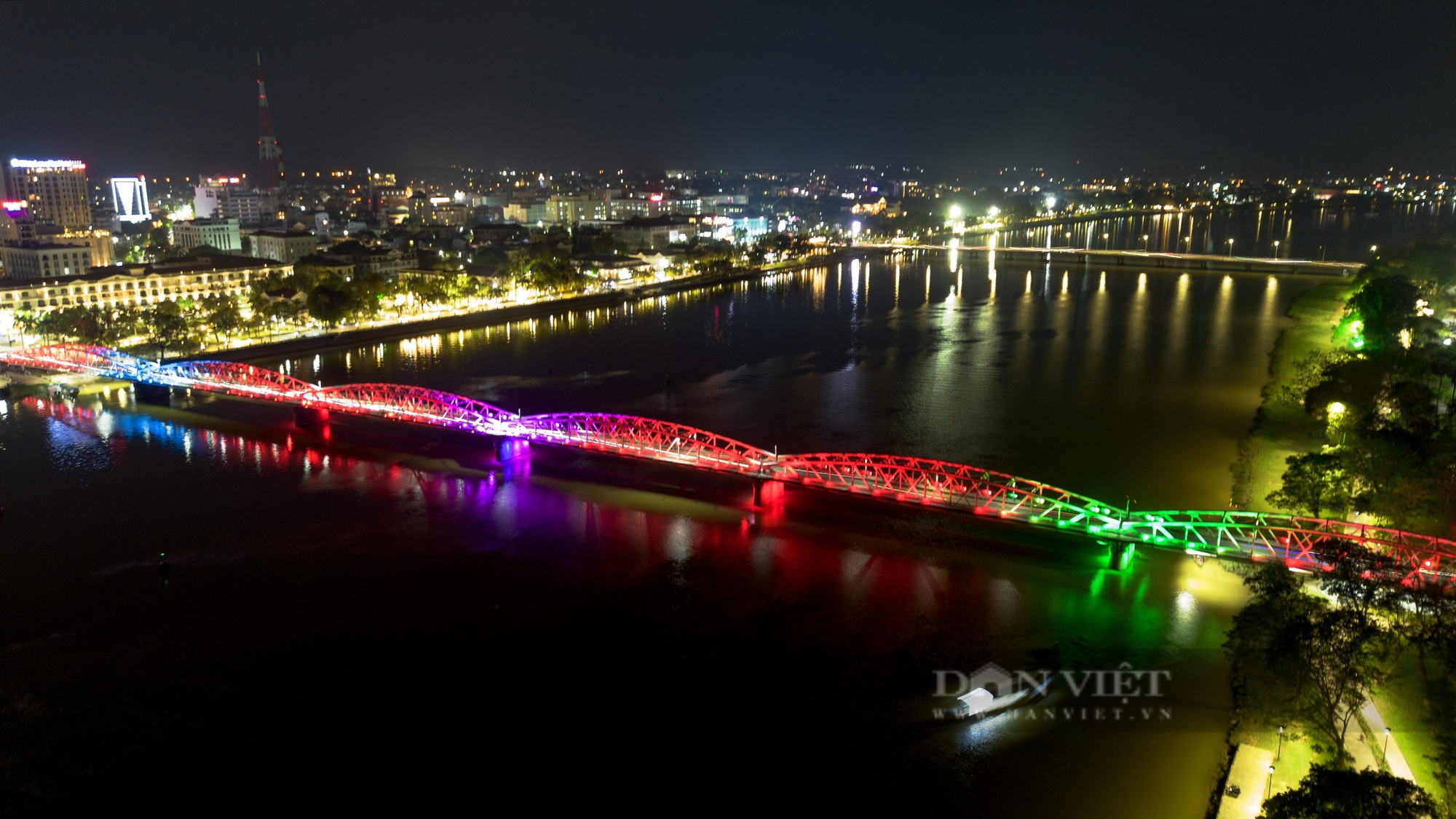
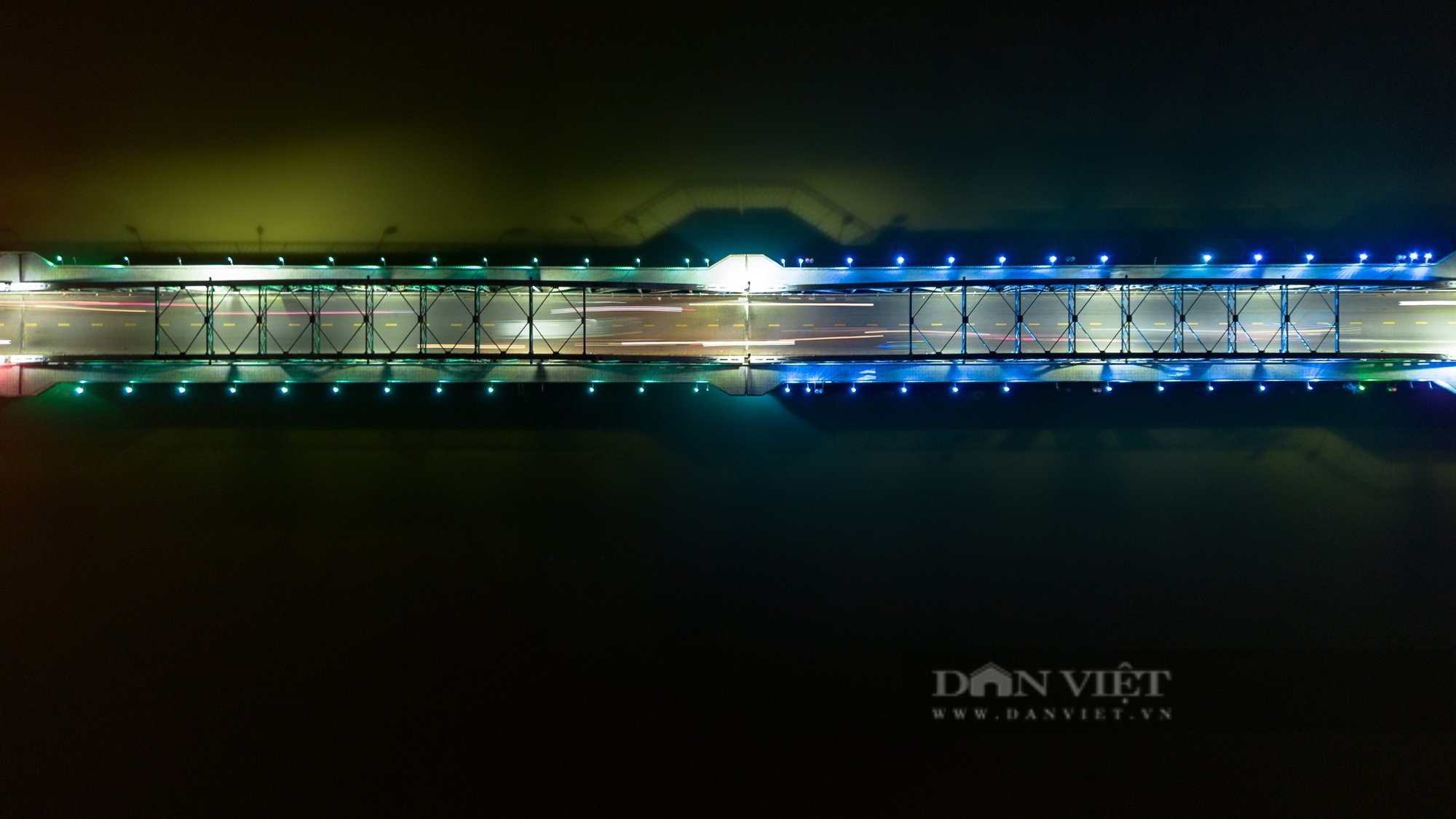
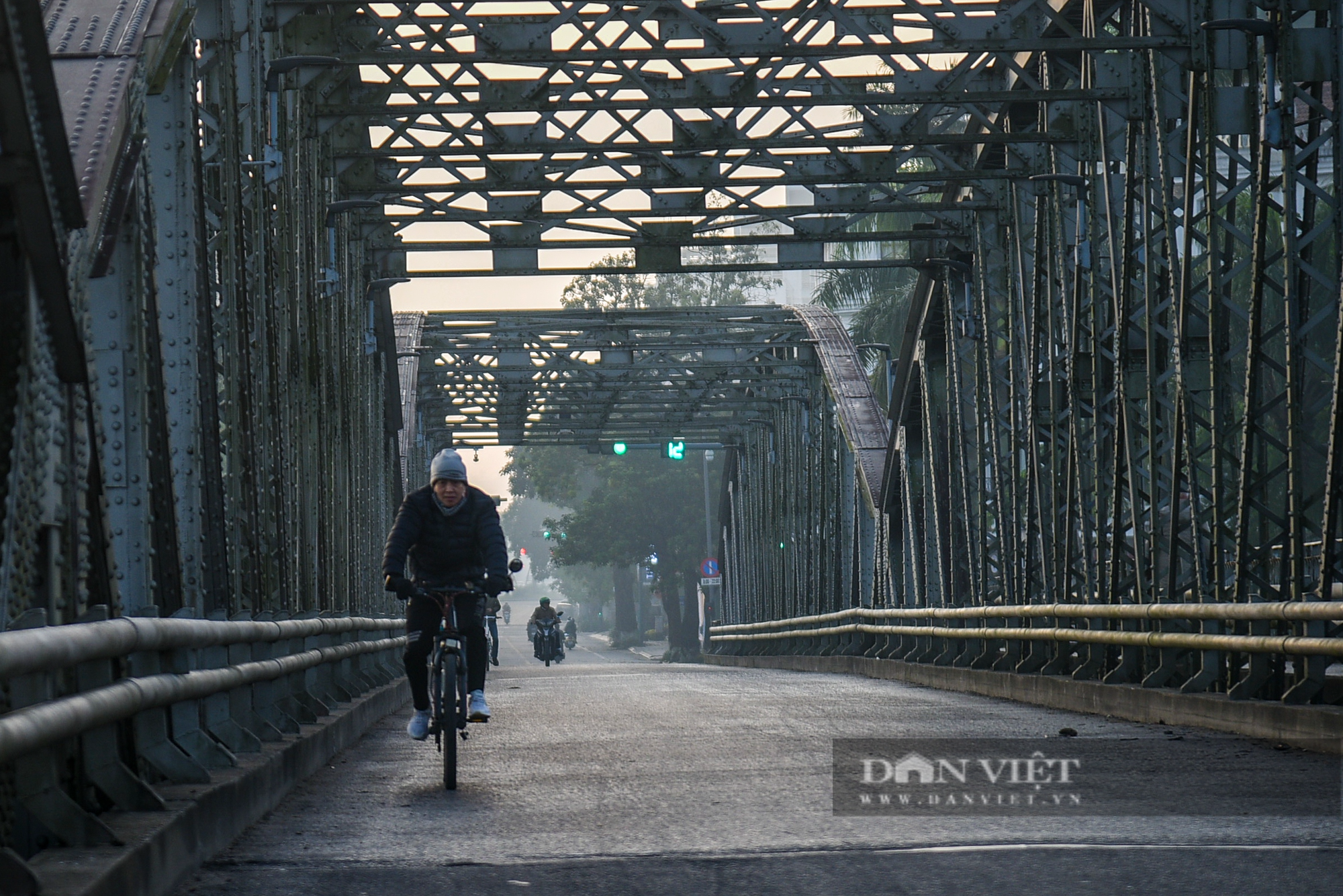
Truong Tien Bridge is one of the first bridges built in Indochina in the late 19th and early 20th centuries using new Western techniques and materials with steel structures. Previously, the bridges built were all short structures, made of bamboo, wood... which were not durable. Hue people are familiar with the song "Truong Tien Bridge has six spans and twelve spans...", but the bridge has exactly 6 spans and 12 spans connected together in 6 pairs. The bridge is about 400 m long from the two abutments, if including the approach road, the length of Truong Tien is about 453 m, the bridge is 6 m wide.
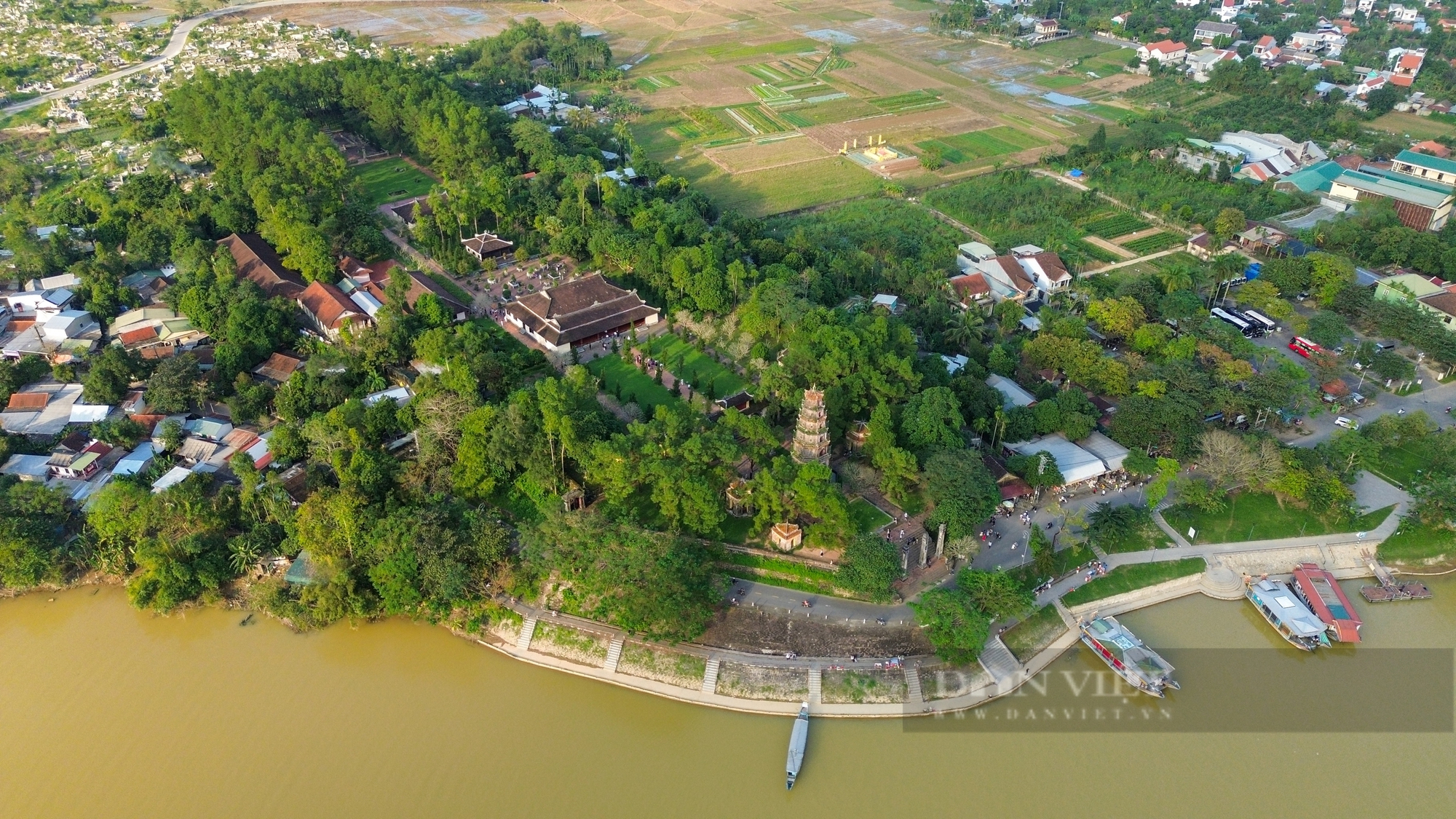
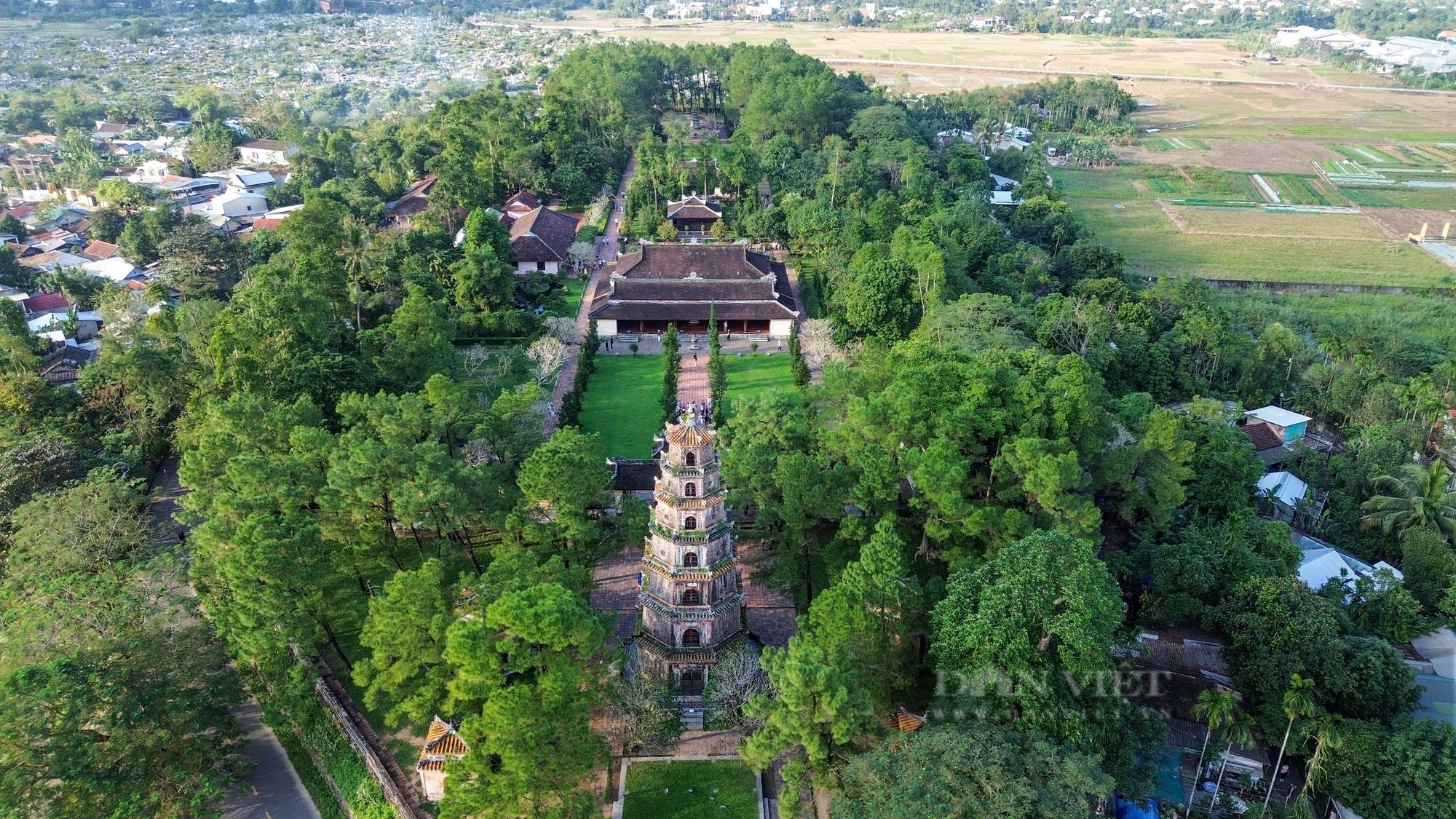
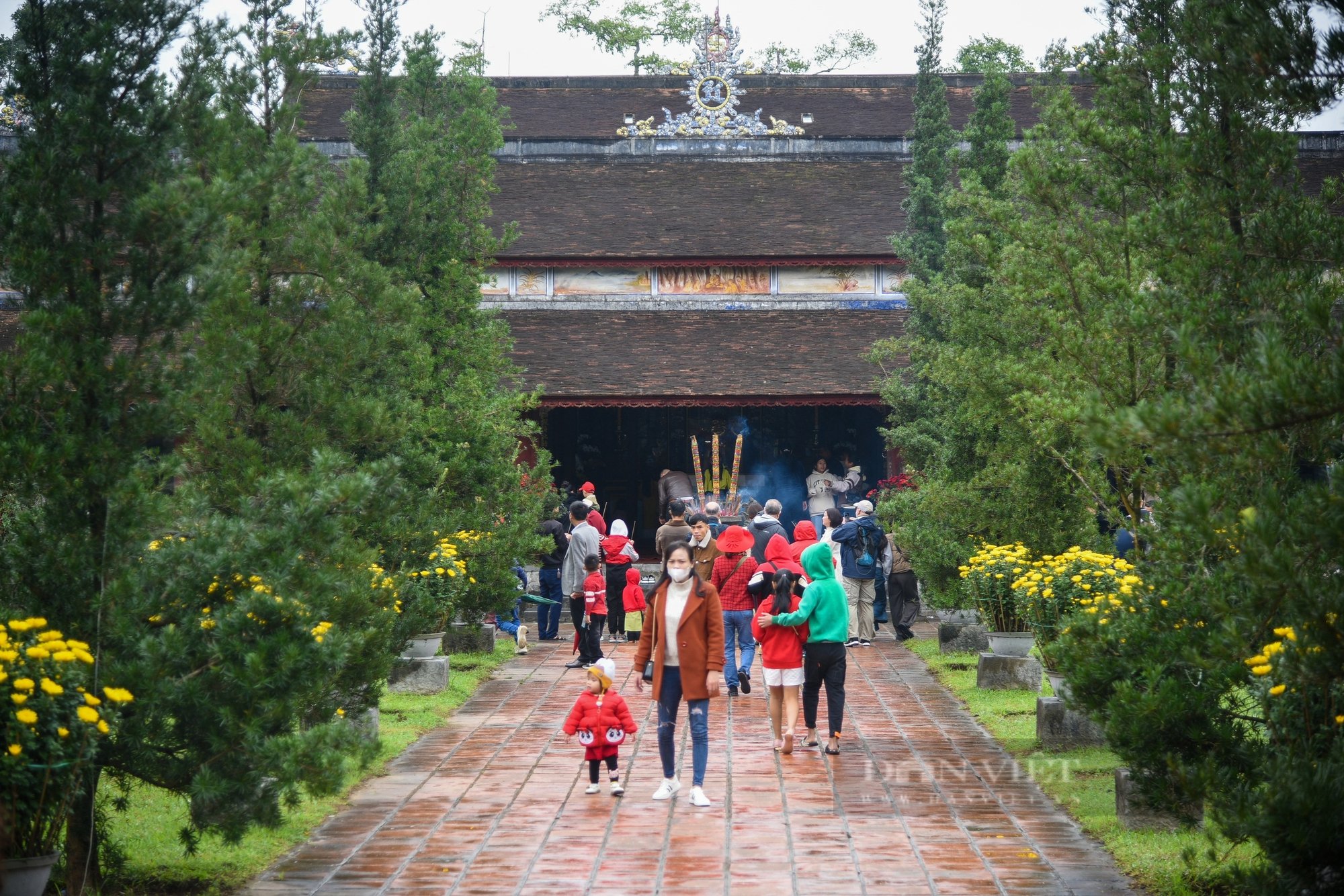
Thien Mu Pagoda, also known as Linh Mu Pagoda, was built by Lord Nguyen Hoang in 1601. The pagoda is located on the North bank of the Perfume River in Huong Long commune, 5km from the center of Hue city. Over time, Thien Mu Pagoda has undergone many restorations. The most notable of these was in 1710, under the reign of Lord Nguyen Phuc Chu. He ordered the casting of the Great Bell weighing more than 2 tons, the second largest bell in Vietnam (after the Co Le Bell in Ha Nam province). The bell is considered a treasure of the pagoda and has entered folk songs as a beauty of the peaceful and profound Hue.
Phu Cam Church is the main church of the Archdiocese of Hue, located on Phuoc Qua hill (6 Nguyen Truong To street, Phuc Vinh ward), with a total area of 10,804 m2. The project was first built in the late 17th century and is considered the largest and oldest church in the ancient capital. For the first time, in 1682, Father Langlois (1640 - 1770) built Phu Cam chapel with bamboo and thatch in Da hamlet, close to the An Cuu river bank.
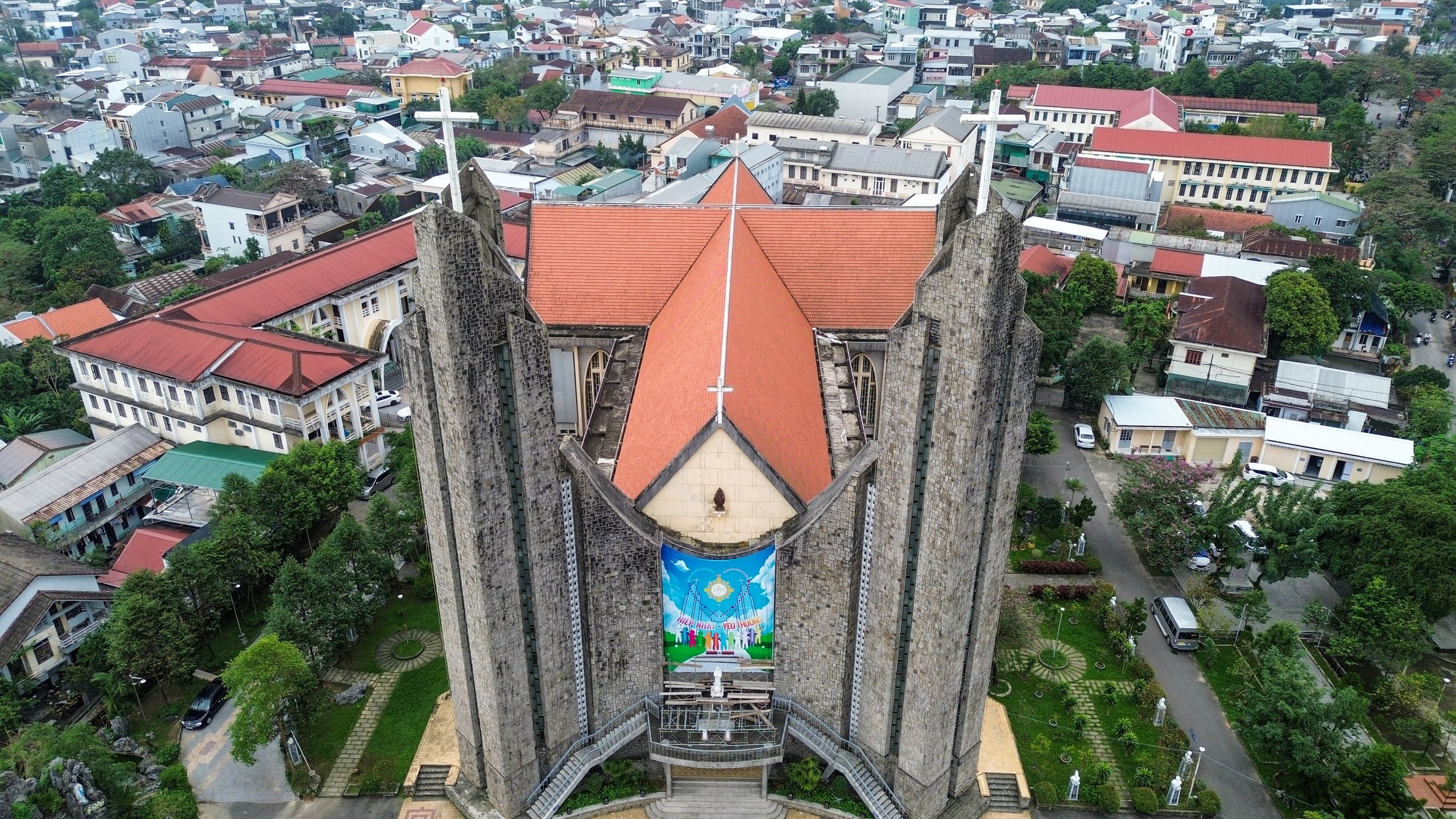
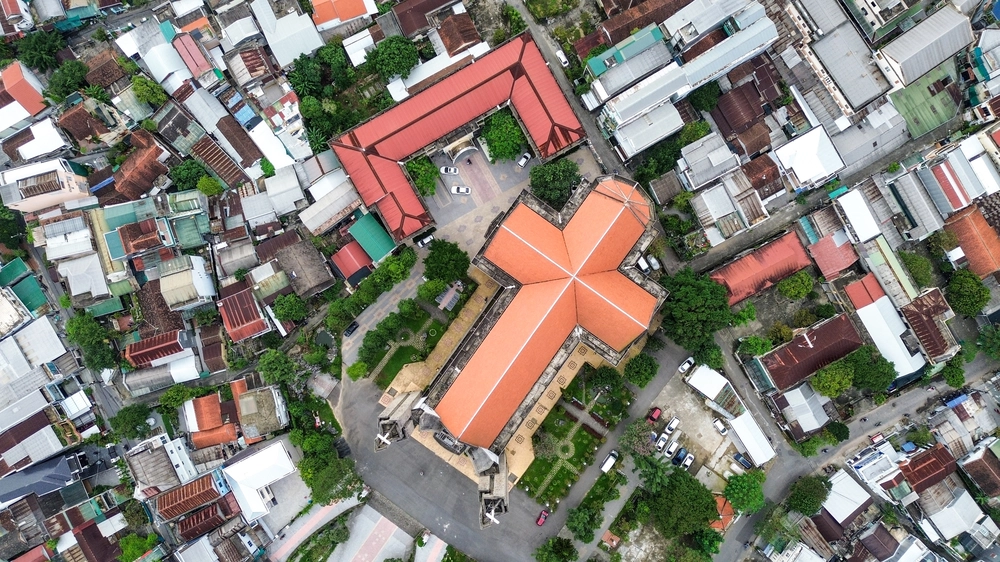
Phu Cam Church is a work rich in expression, the facade is like an open Bible, the construction plan is in the shape of a Cross: the head of the Cross faces south, the foot of the Cross faces north and closer to the head, the two sides extend two wings of the Cross. Overall, the lines of the church resemble the image of a dragon reaching straight up to the sky, both strong and graceful, full of art and religion.
In Hue City, there is a small dreamy island named Con Hen. Many ancient documents such as Van so te than and dia bien at all levels recorded that initially this small piece of land growing in the middle of the Huong River was called "Xu cay con land". Con Hen also has another name Con Soi, because in the past, at night, many people came to this place to light up bright lamps, illuminating a corner of the sky to catch shrimp and fish.
If Hen Islet is considered the "green dragon on the left", Da Vien Islet is called the "white tiger on the right" to form an important feng shui element of the ancient Hue Citadel. According to historical and cultural documents, Da Vien Islet is about 850m long, with the widest point being about 185m, leaning towards the southwest of Hue Citadel.
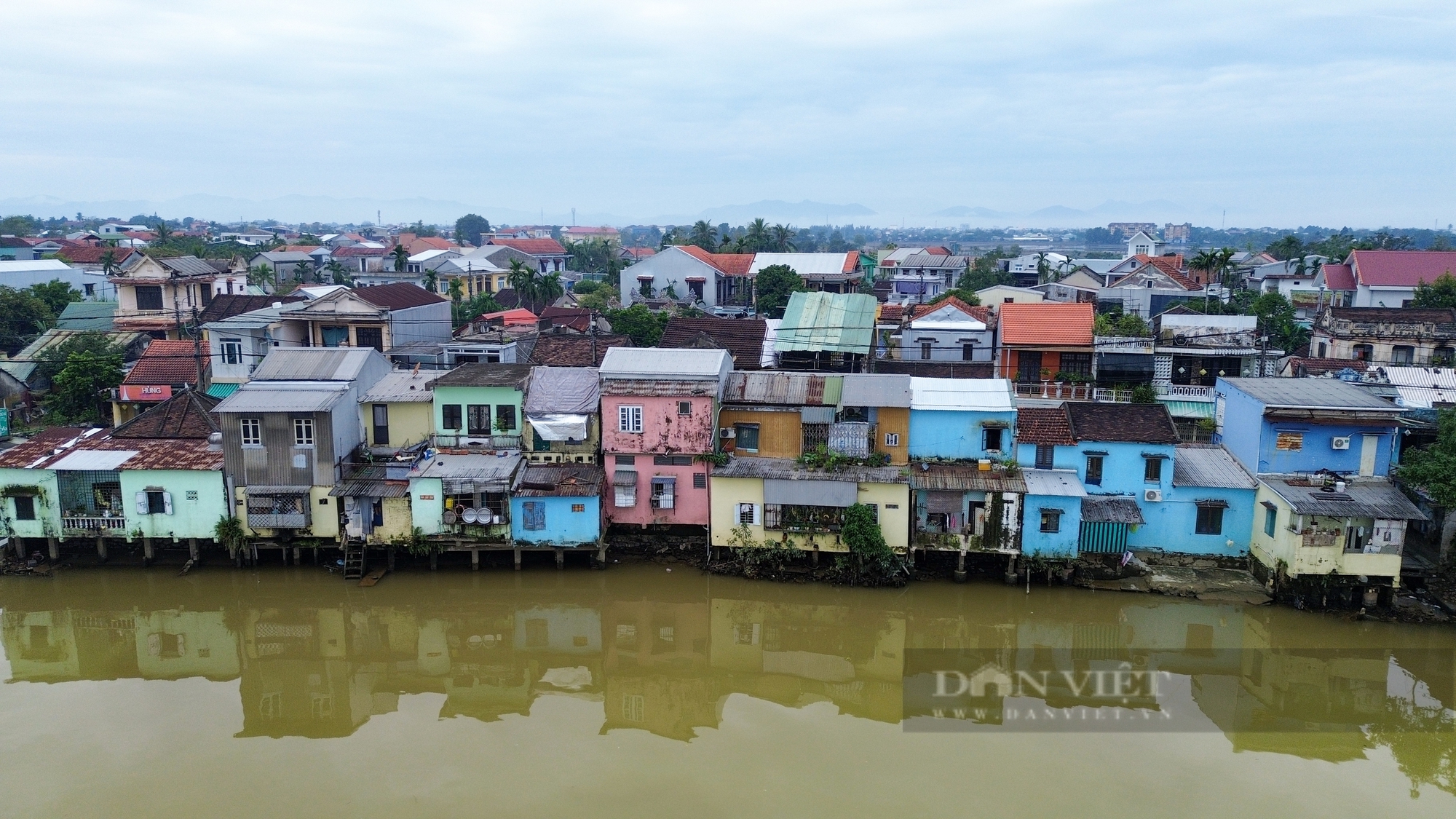
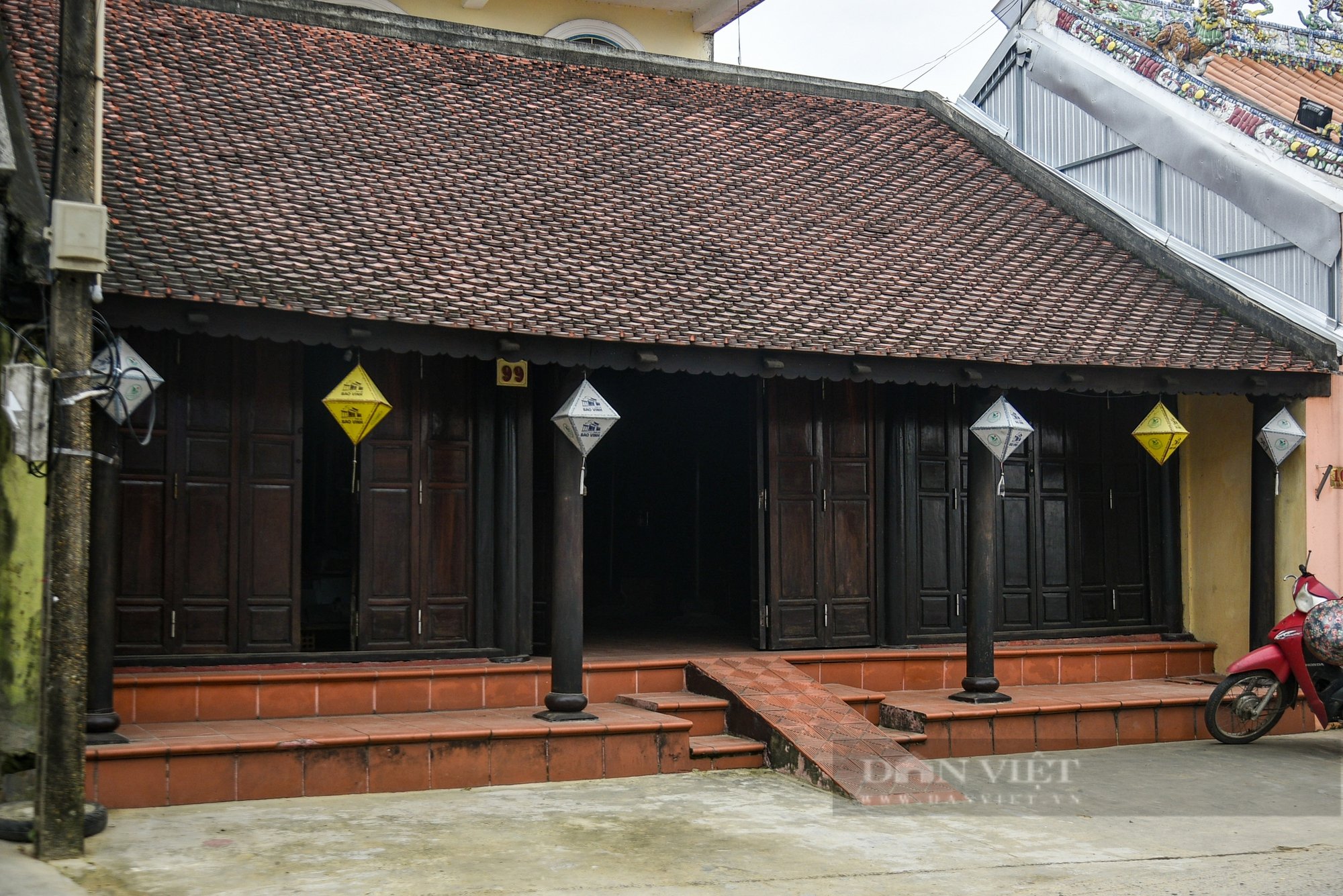
Bao Vinh Ancient Town (Hue) used to be a neighborhood in the Thanh Ha - Bao Vinh port town, formed in the early 17th century. Today, although it has faded over time, the shape of this ancient town is still intact with its old features. Small houses nestled next to high-rise buildings create a unique landscape unlike anywhere else.
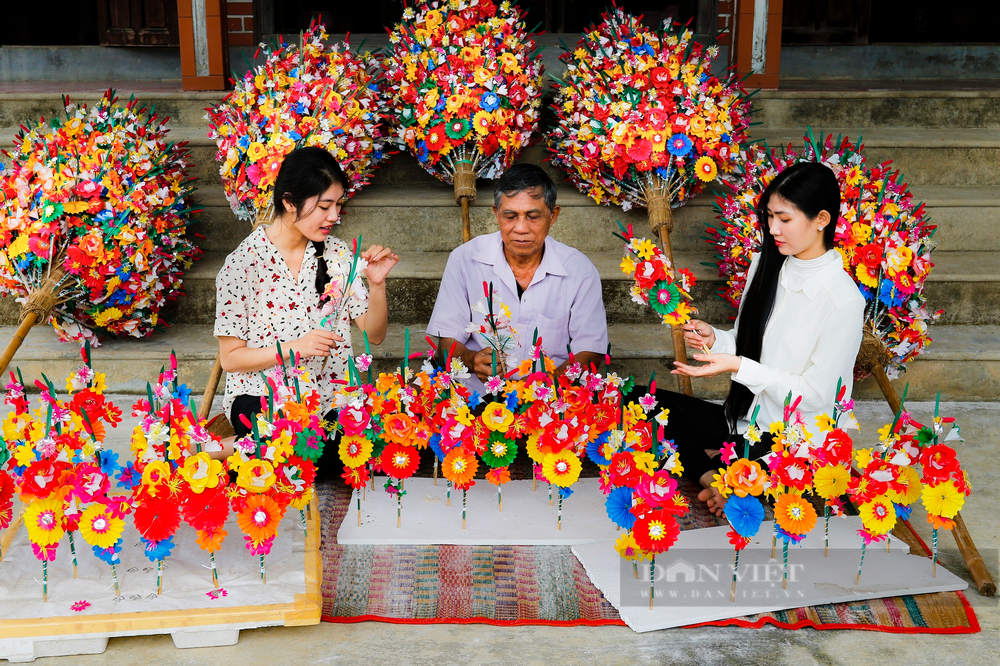
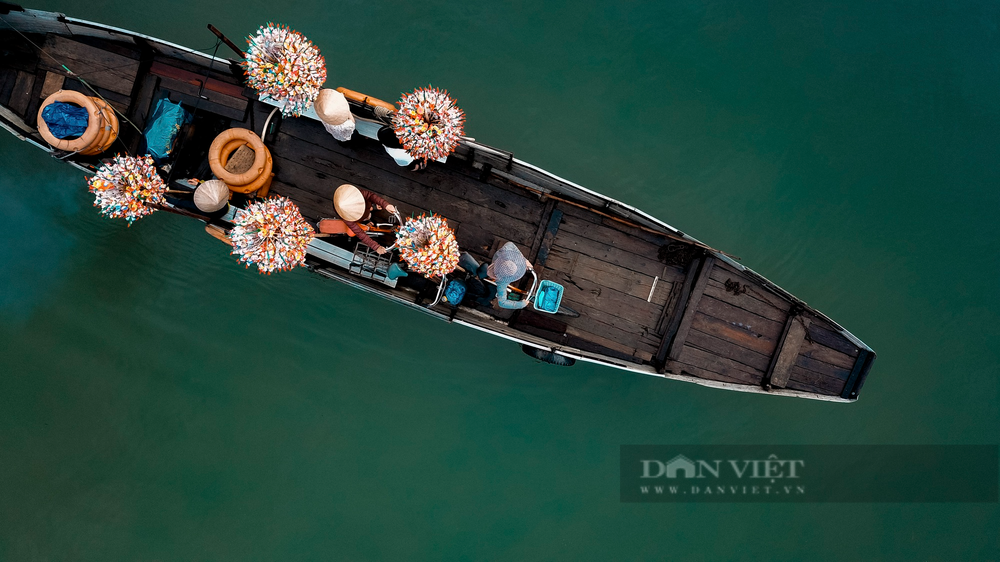
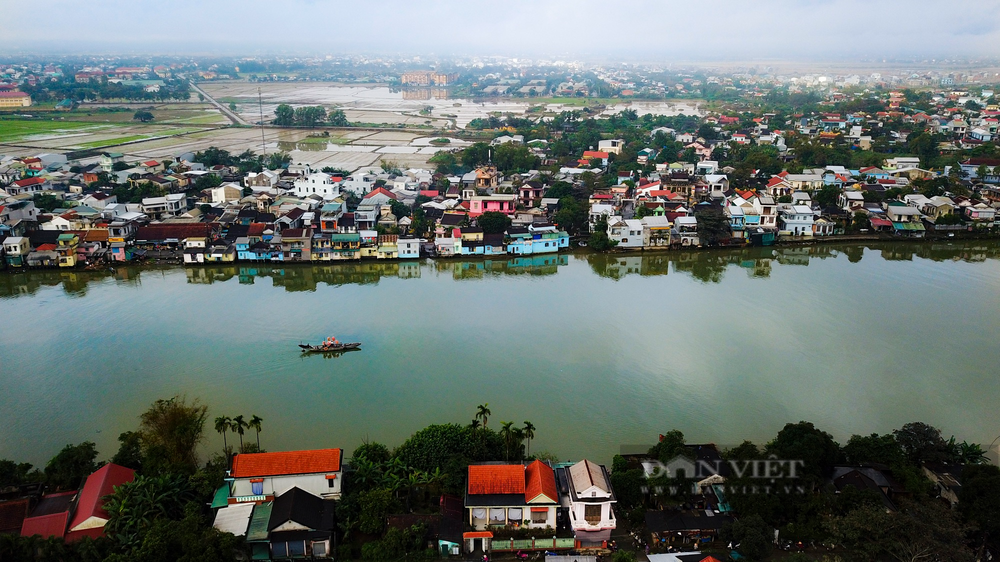
Less than 10 km from Hue City, Thanh Tien village is famous for its traditional paper flower making craft that is over 300 years old. The village is also listed in the list of handicrafts from the 16th to 19th centuries of Dai Nam Nhat Thong Chi. Every time Tet is near, every household in the village gathers to make flowers. According to the artisans in the village, the flower village will be busier and more bustling when Tet is near like this.
Lap An Lagoon, also known as An Cu Lagoon or Lang Co Lagoon, is a brackish water lagoon with a wonderful natural landscape located on the shore of Lang Co Bay, in Lang Co town, Thua Thien Hue province.
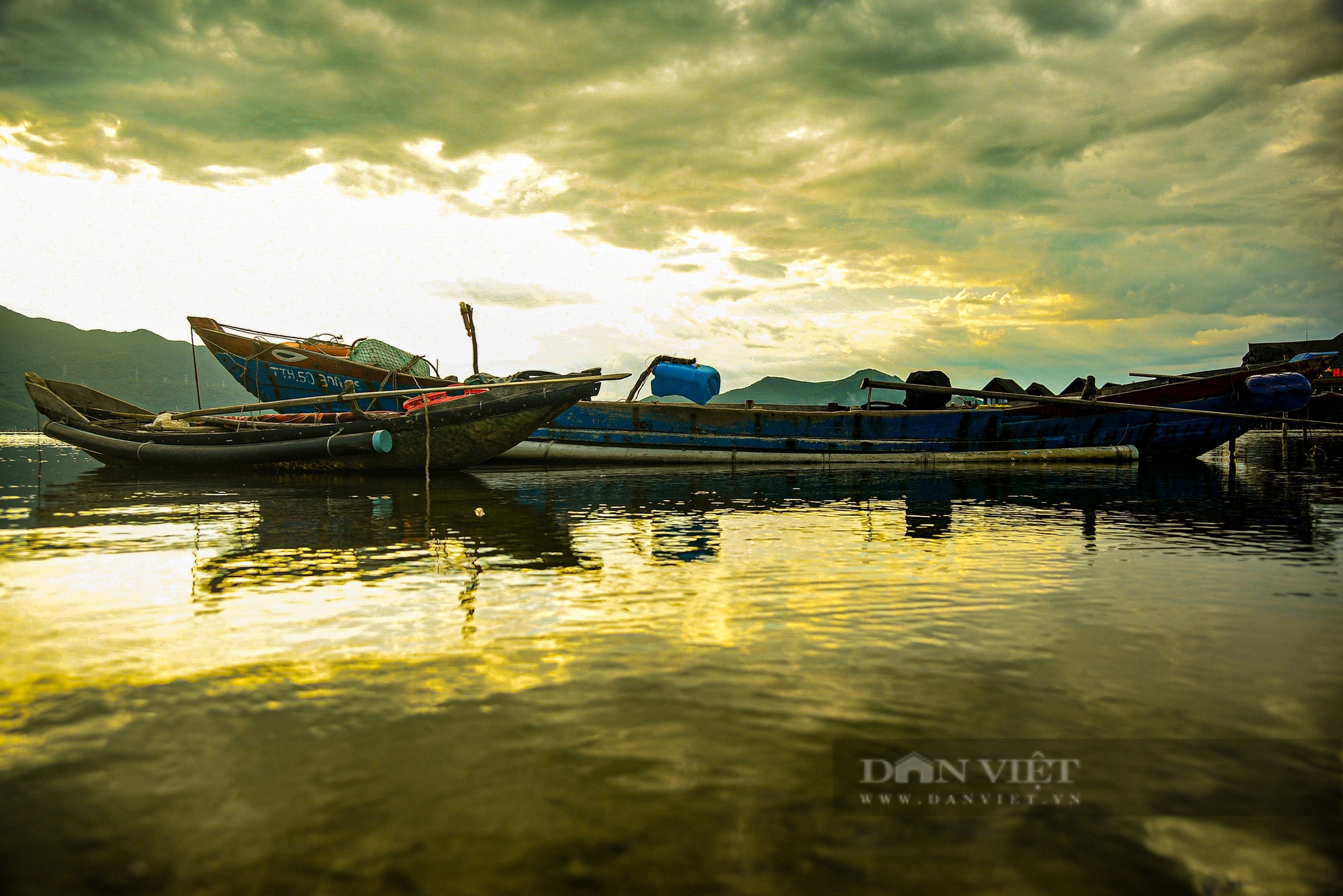

This place is also one of 12 lagoons symbolizing the Central region of Vietnam. The location of the lagoon is also very special when it is located in the Hai Van - Bach Ma mountain range, right at the boundary of the two climate zones of the North and South. Therefore, the temperature of the lagoon fluctuates between 18-31 °C. It will also be quite cool in the early morning or early evening - the ideal times to visit Lang Co Lagoon.
The poetic Perfume River flows peacefully through the shimmering lights of Hue City.
Source: https://danviet.vn/ve-dep-xu-hue-nhin-tu-tren-cao-net-co-kinh-xen-lan-hien-dai-20241202130003487-d1198076.html


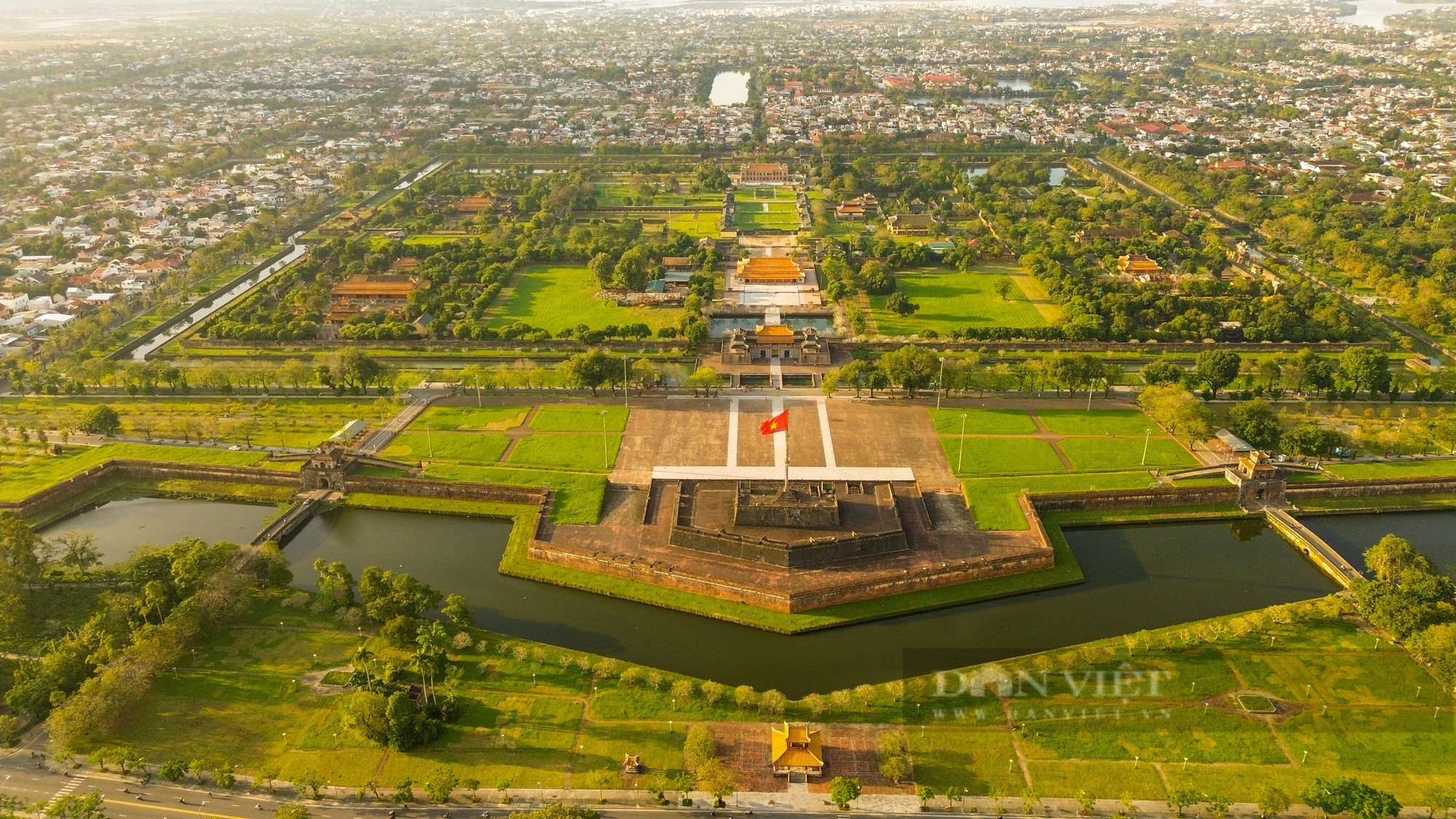
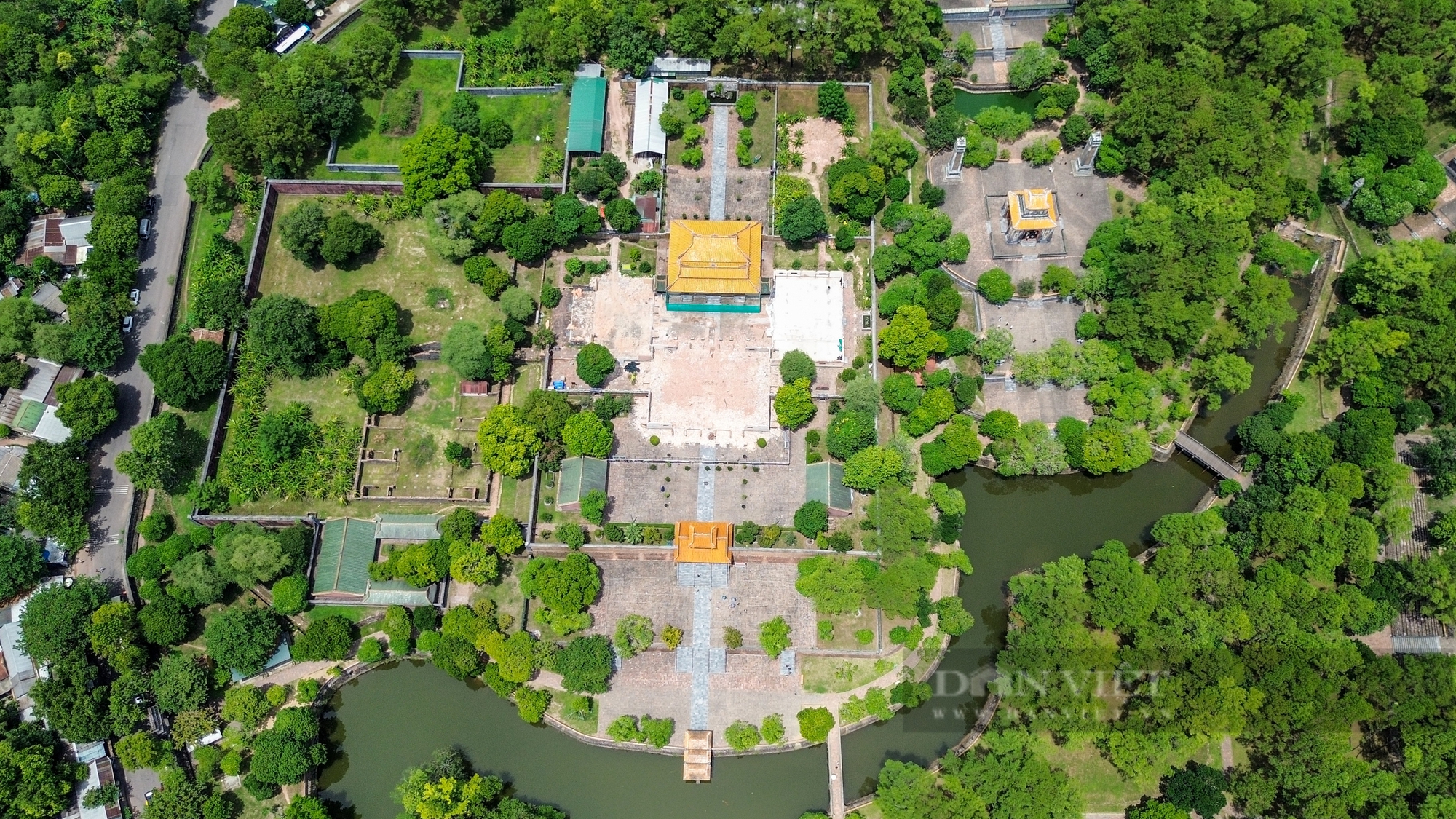
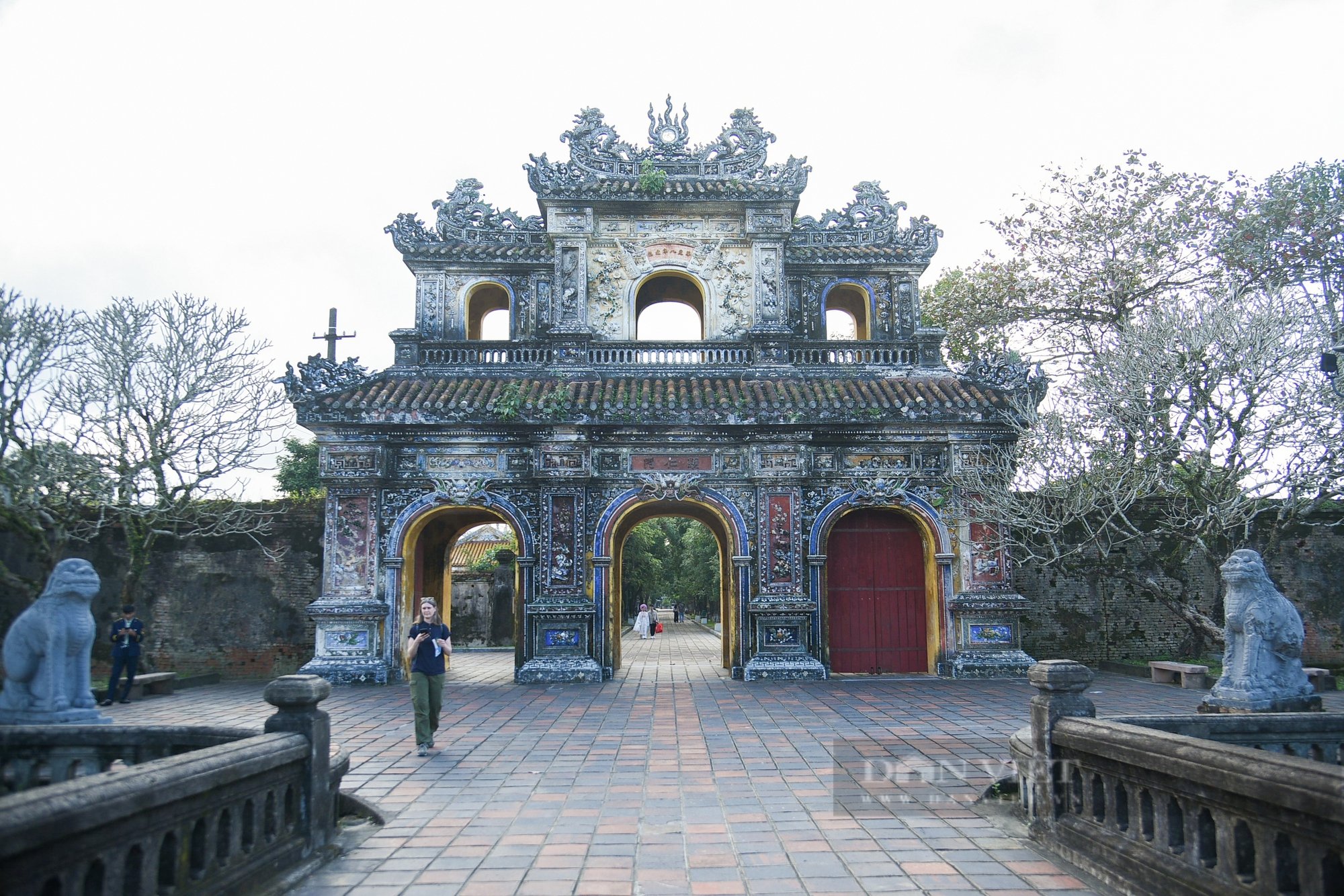
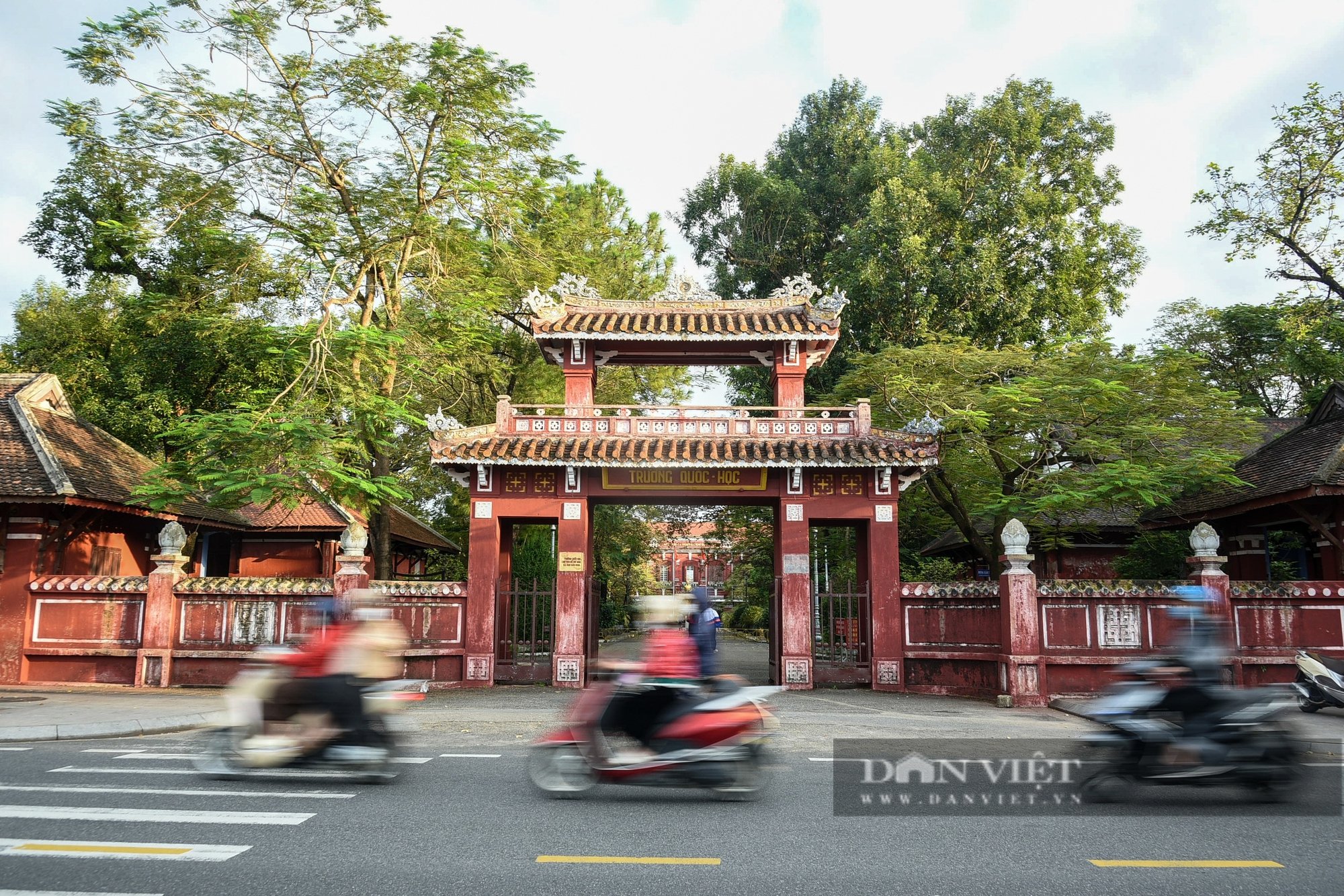
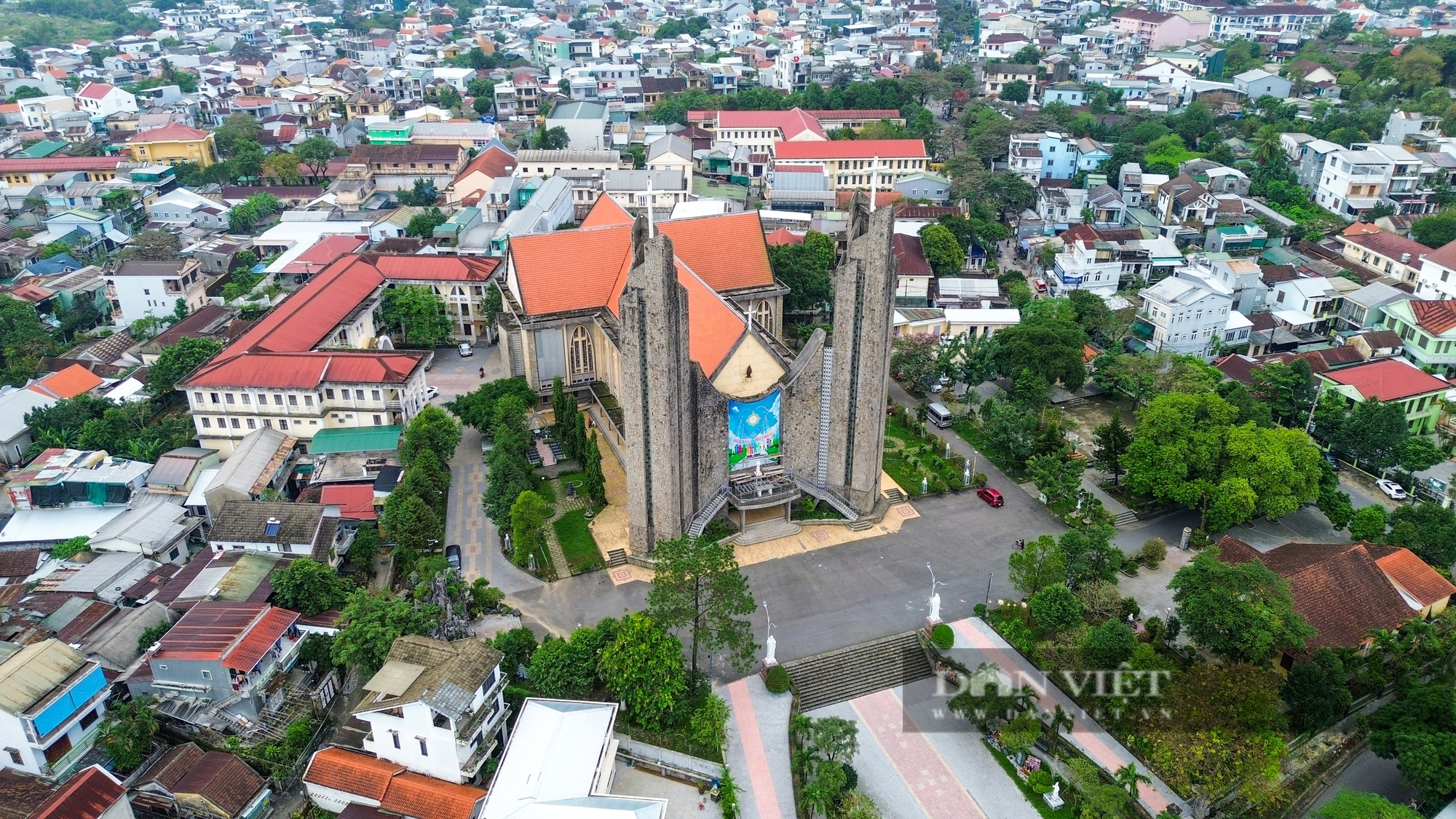


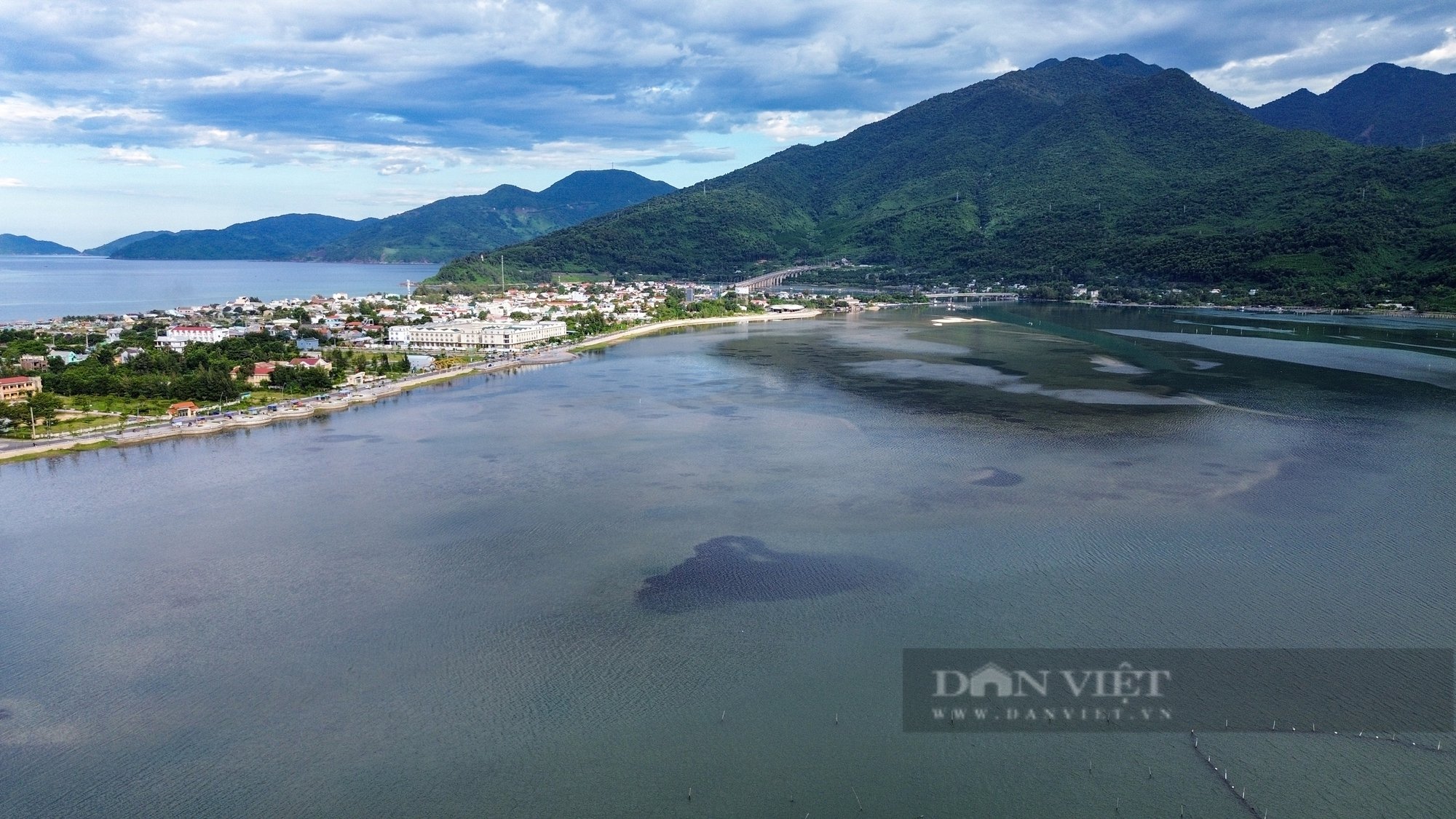
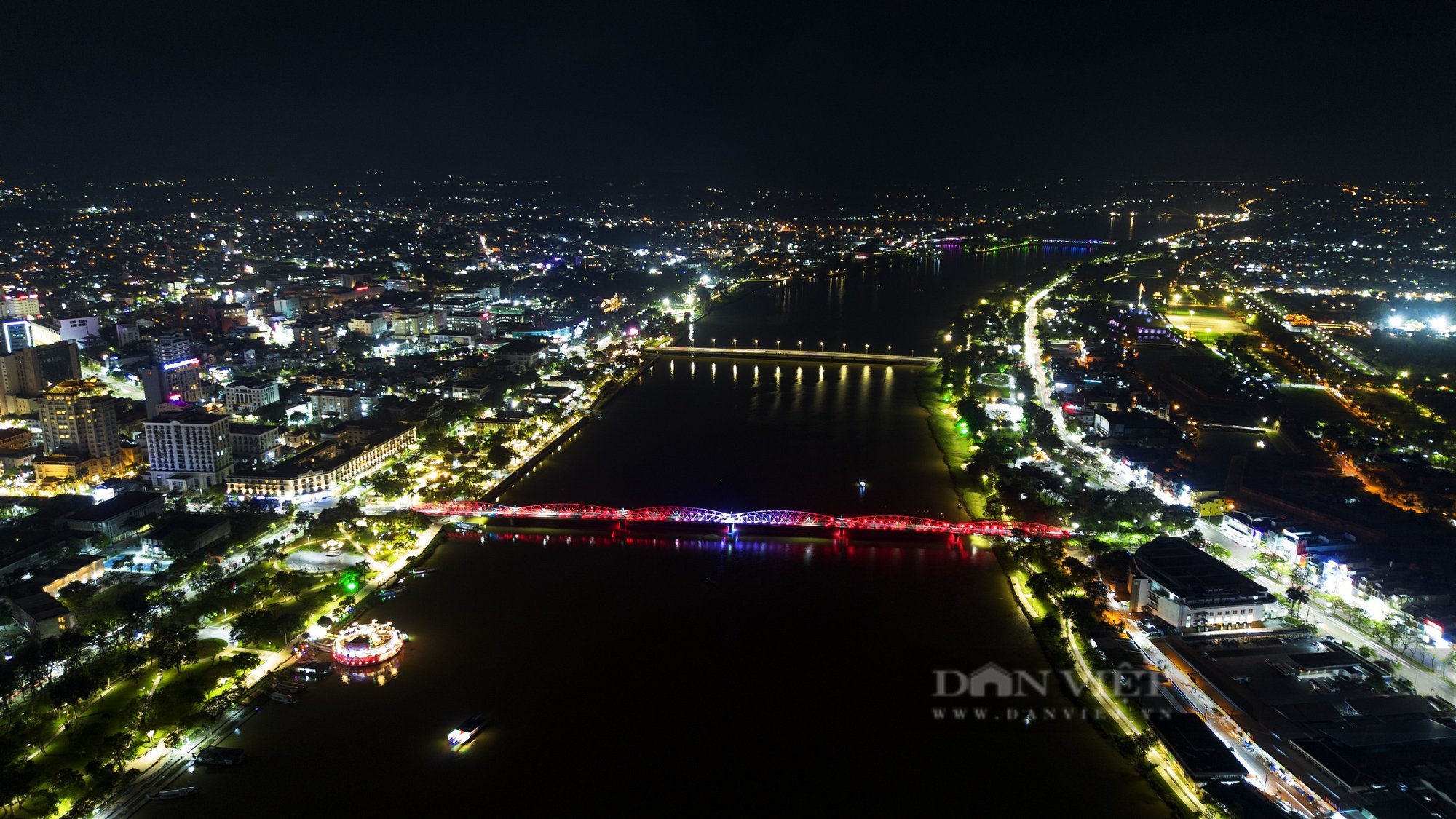
![[Photo] Closing of the 13th Conference of the 13th Party Central Committee](https://vphoto.vietnam.vn/thumb/1200x675/vietnam/resource/IMAGE/2025/10/08/1759893763535_ndo_br_a3-bnd-2504-jpg.webp)





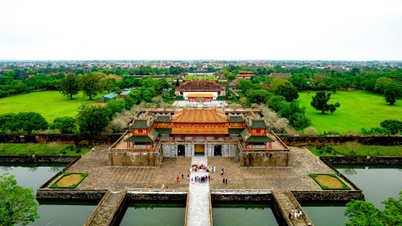

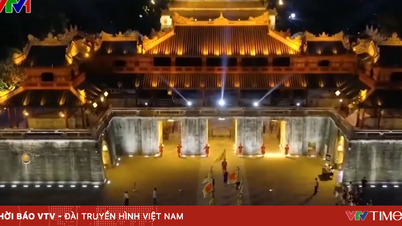



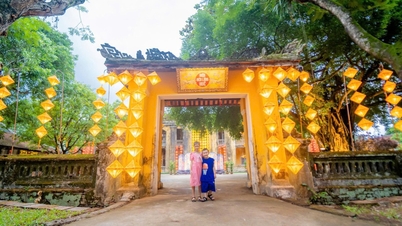






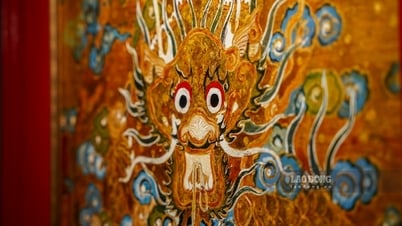



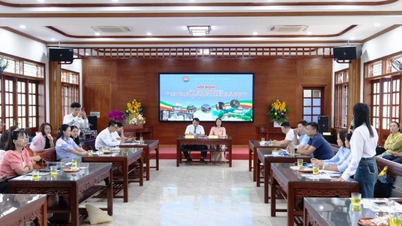


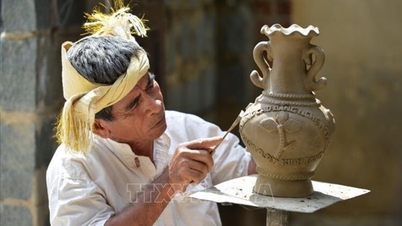


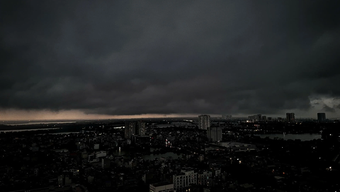

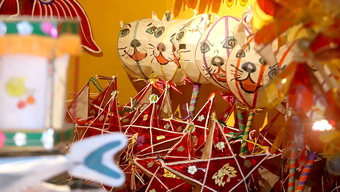
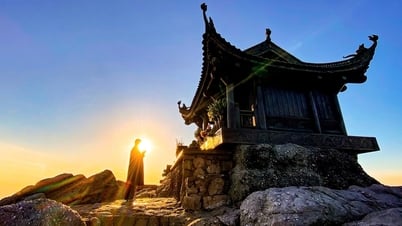
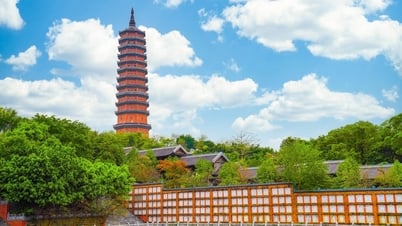

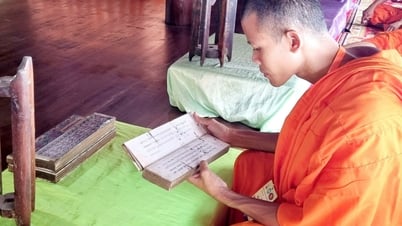

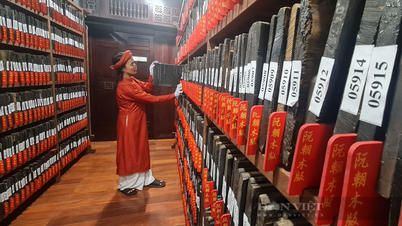



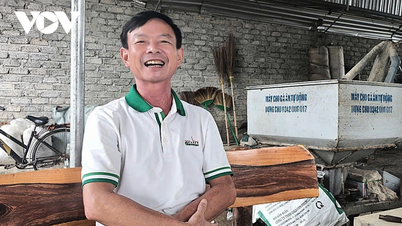

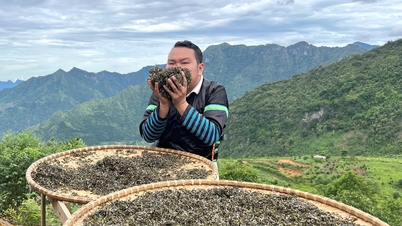



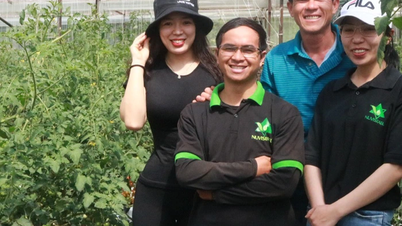

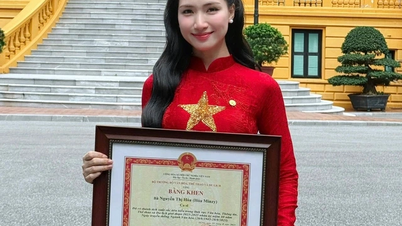

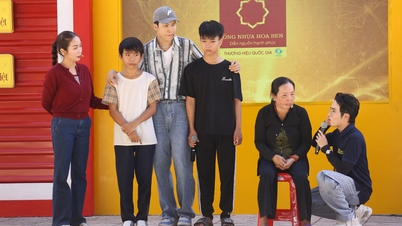
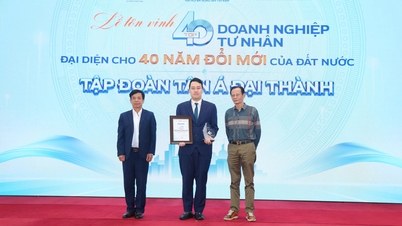








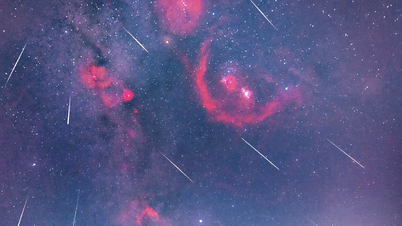


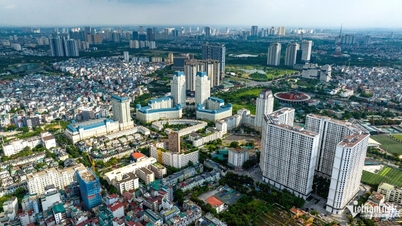




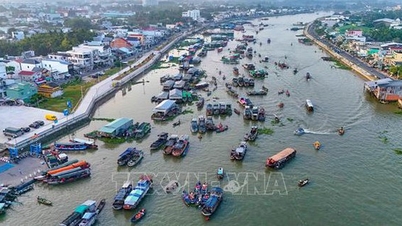




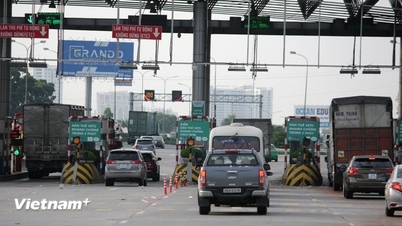

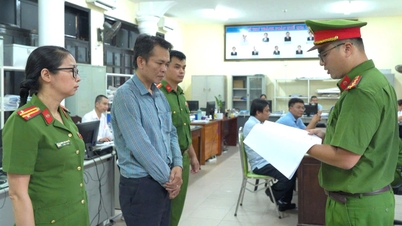



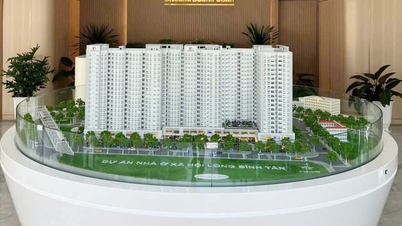






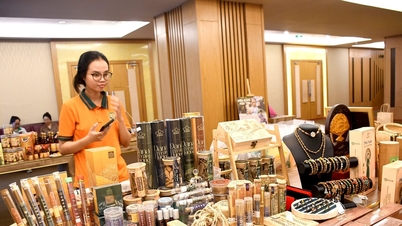




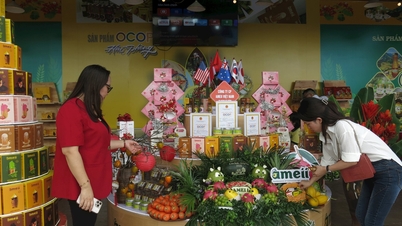



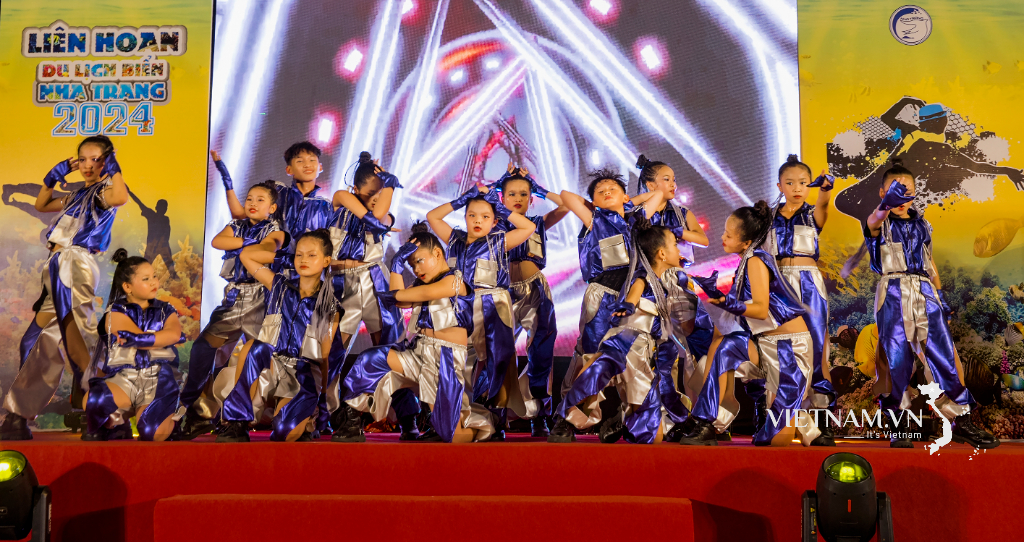

Comment (0)